Photos
Scientists and Thinkers
Below are some of the scientists and thinkers referenced in Return of the God Hypothesis. To learn more about their contributions and how they fit into the story of the return of the God hypothesis, see specific chapters mentioned with each image.
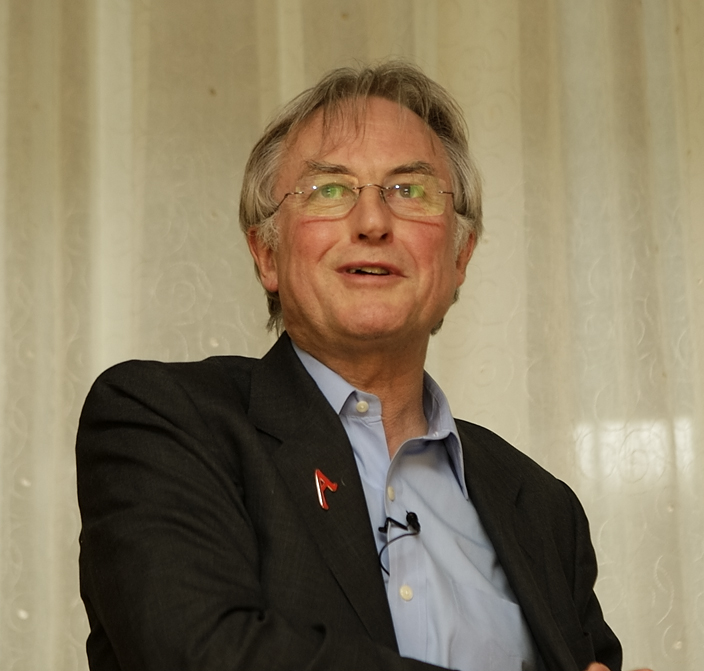
Evolutionary biologist Richard Dawkins, a prominent New Atheist.
First mentioned in Ch. 1, pg. 14.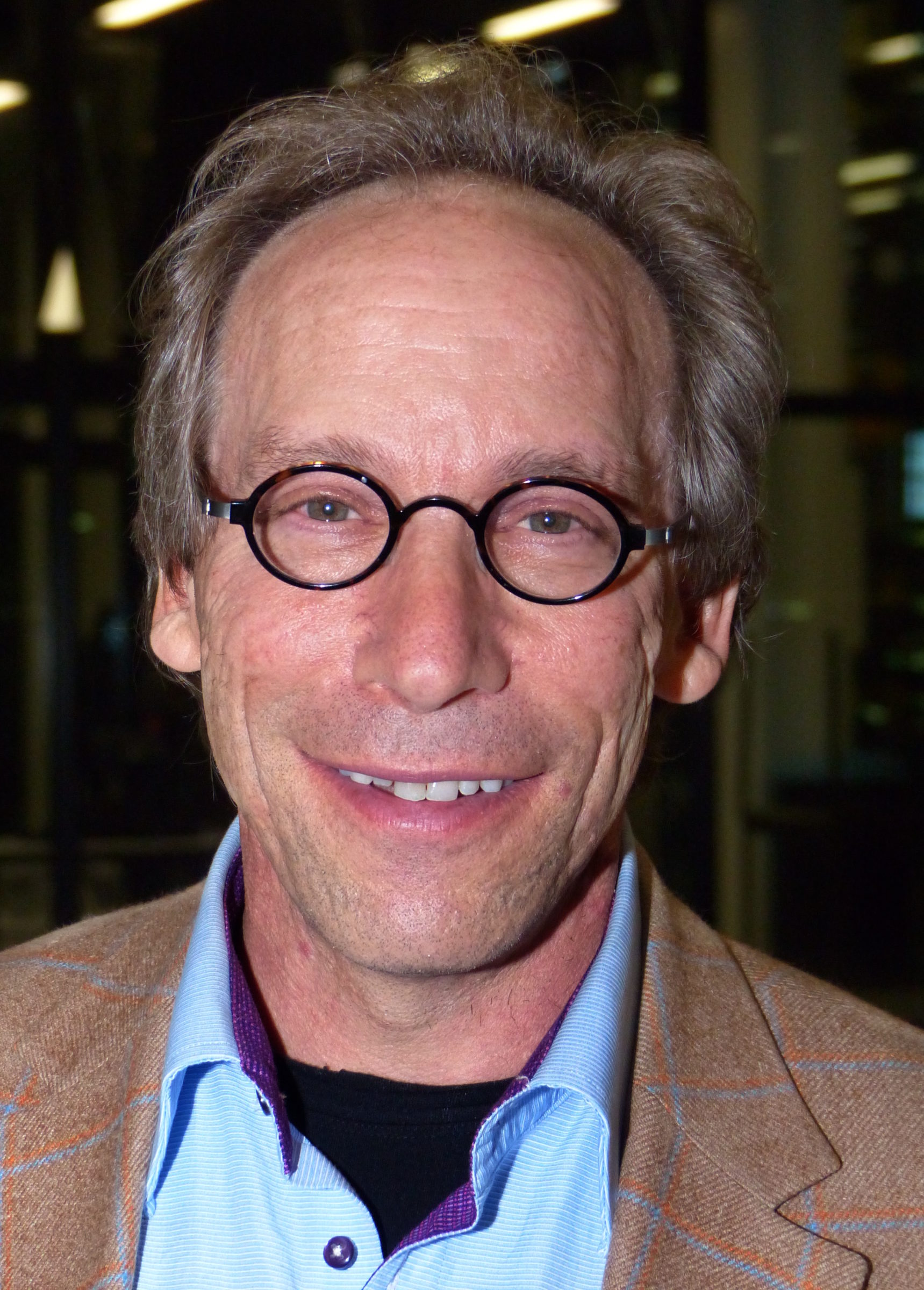
Physicist Lawrence Krauss, a prominent New Atheist.
First mentioned in Ch. 1, pg. 14.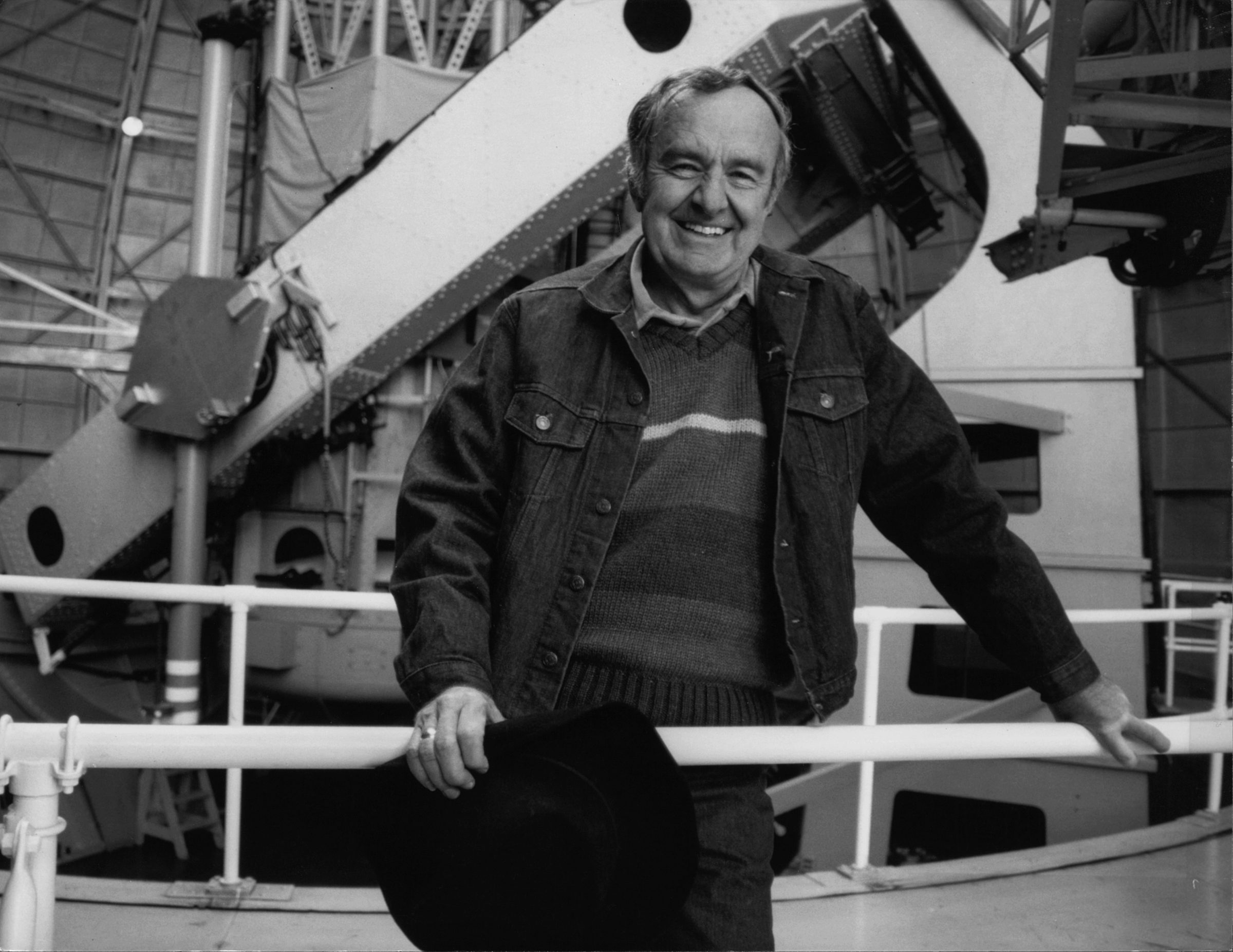
Former Caltech astronomer Allan Sandage.
First mentioned in Ch. 1, pg. 15.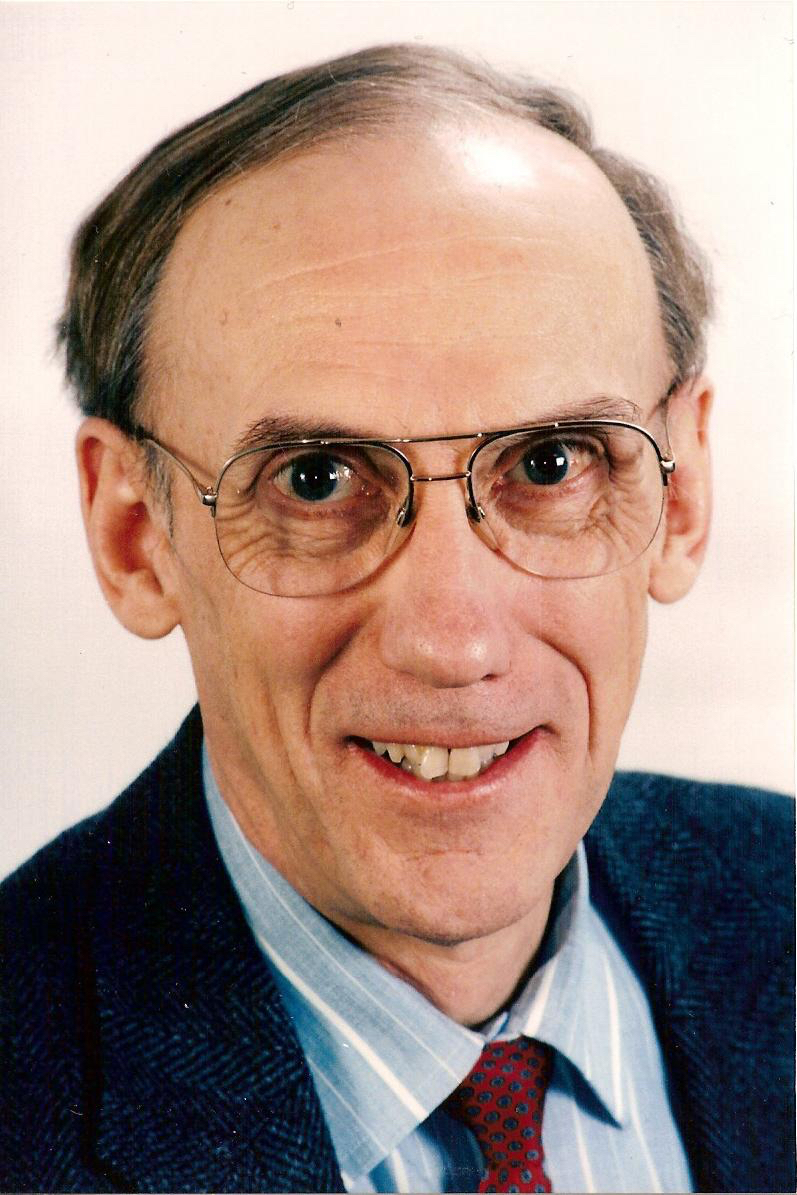
Dean Kenyon, a biophysicist and origin-of-life researcher.
First mentioned in Ch. 1, pg. 15.
John William Draper, one of the revisionist nineteenth-century
historians who portrayed science and Christianity as at war with one another.
First mentioned in Ch. 1, pg. 18.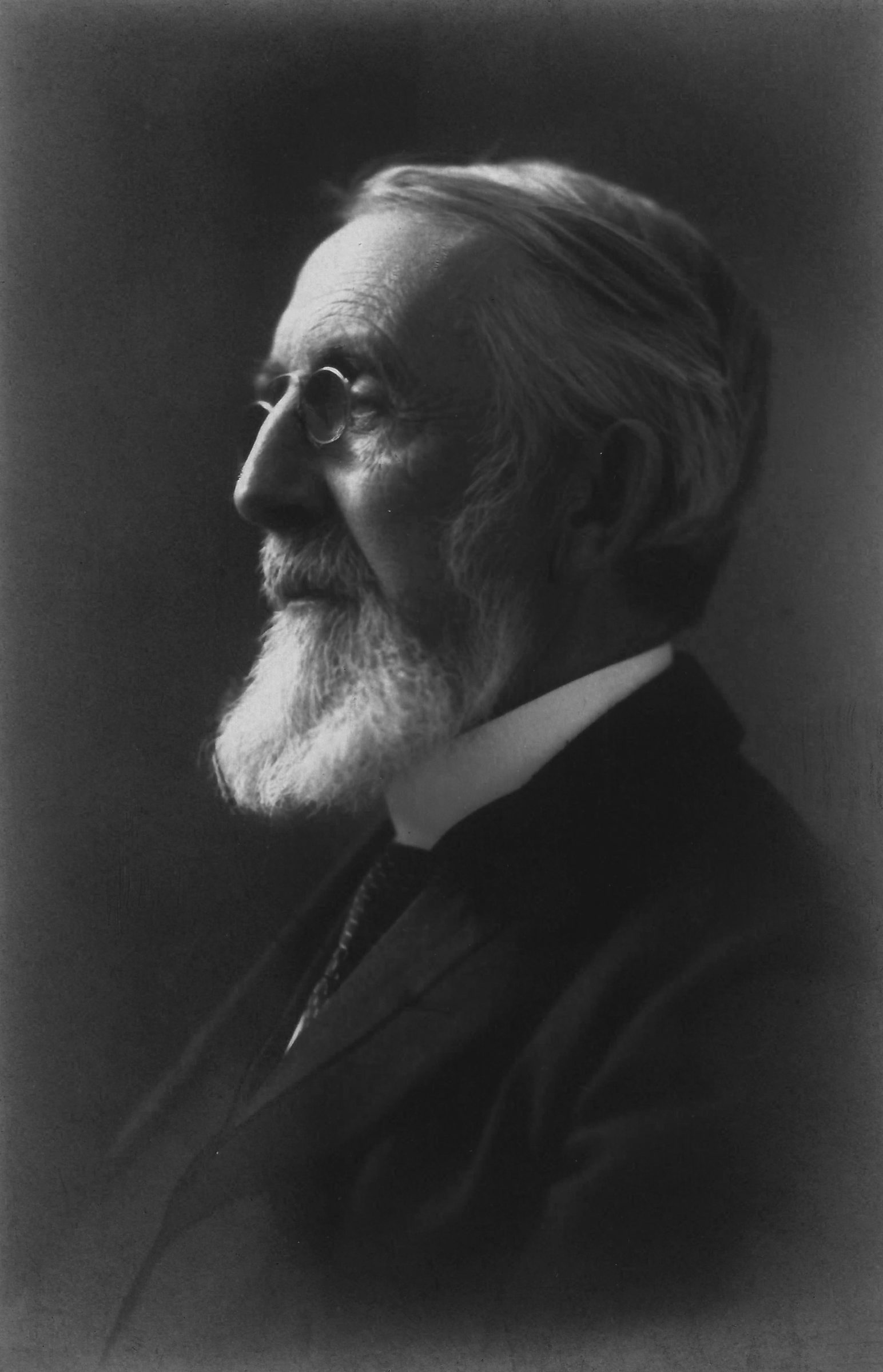
Andrew Dickson White, one of the revisionist nineteenth-century
historians who portrayed science and Christianity as at war with one another.
First mentioned in Ch. 1, pg. 18.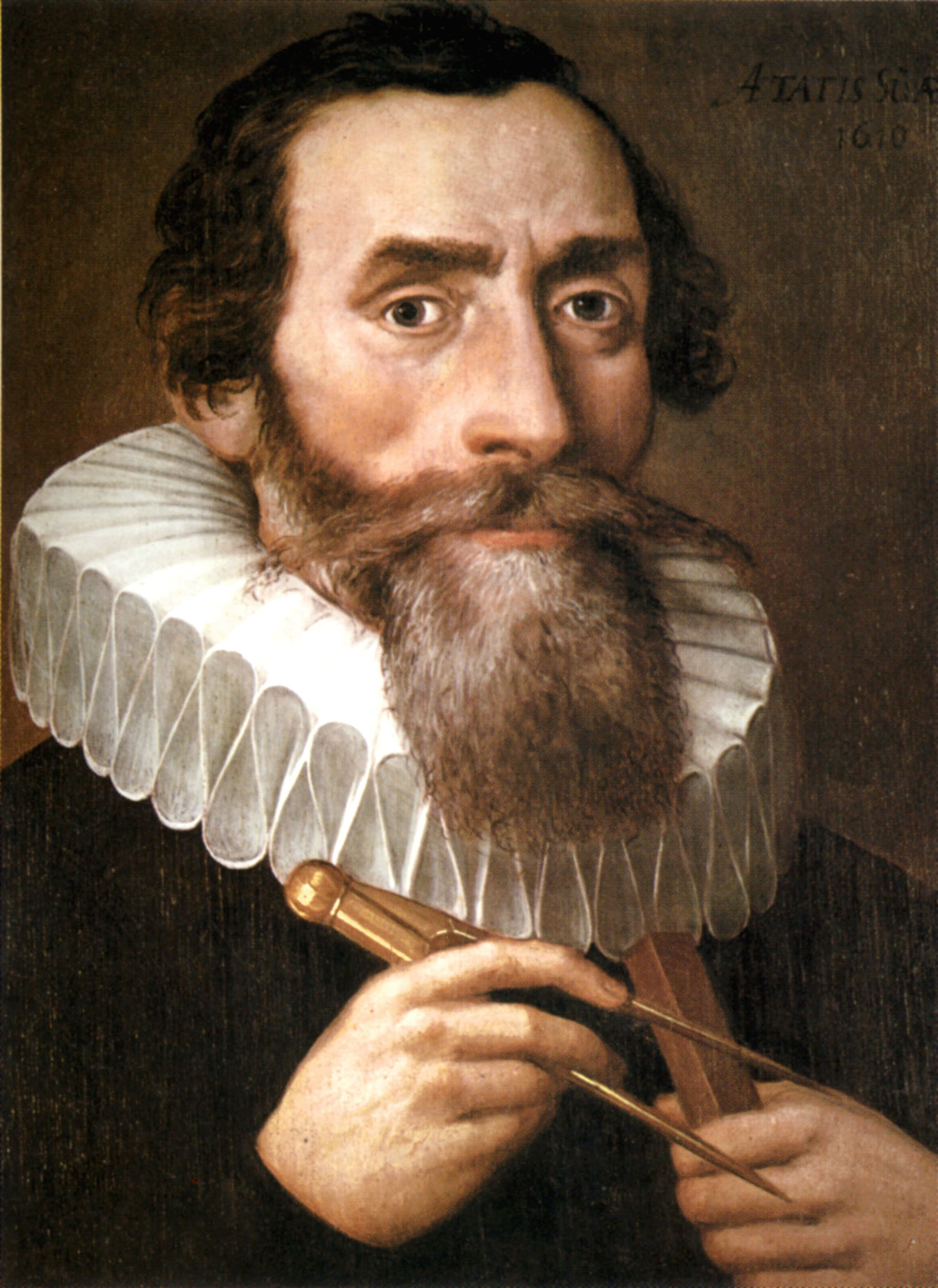
The seventeenth-century astronomer Johannes Kepler, whose faith gave him confidence in the intelligibility of the universe.
First mentioned in Ch. 1, pg. 25.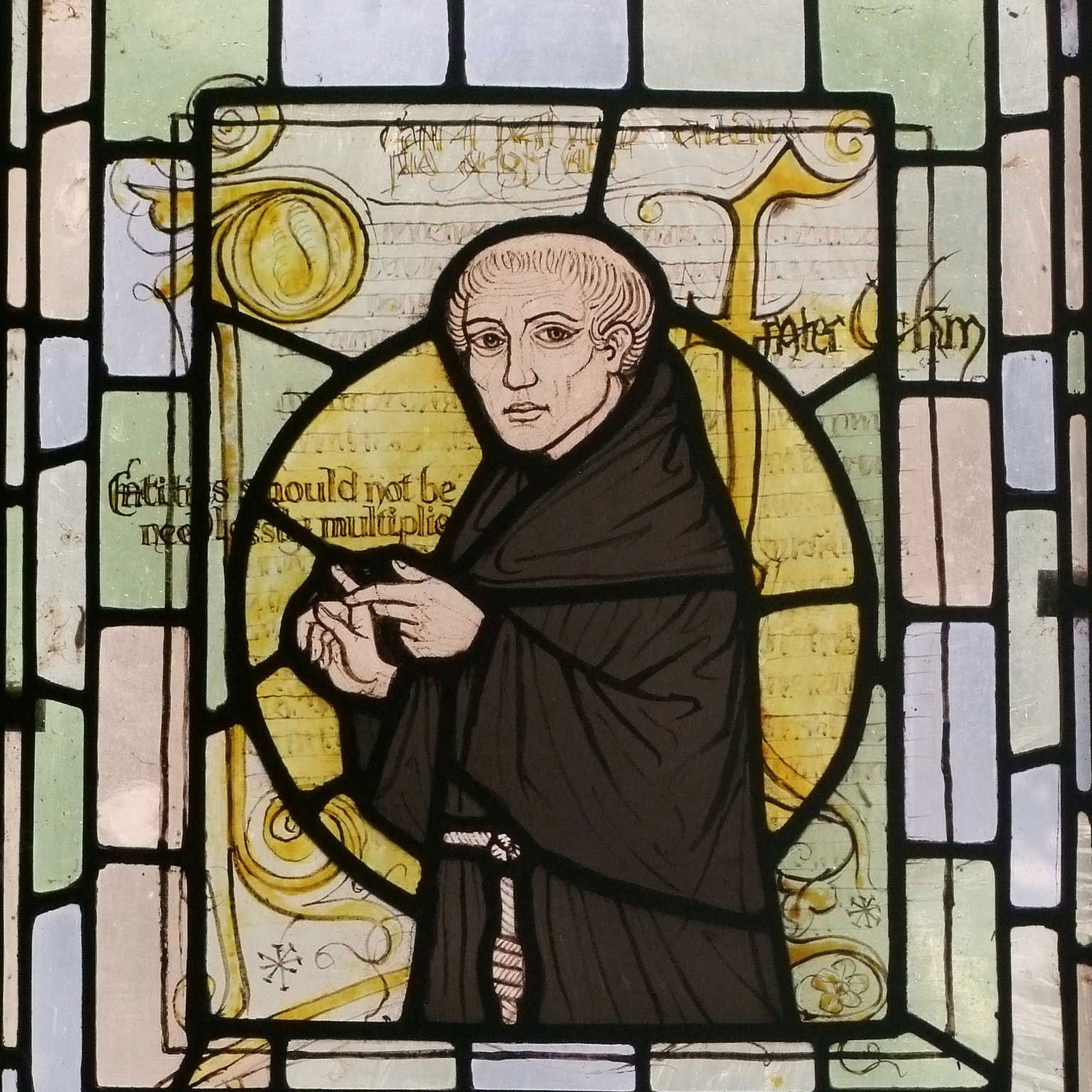
William of Ockham, the thirteenth-century theologian who cautioned against multiplying theoretical entities and emphasized the “contingency” of creation.
First mentioned in Ch. 1, pg. 27.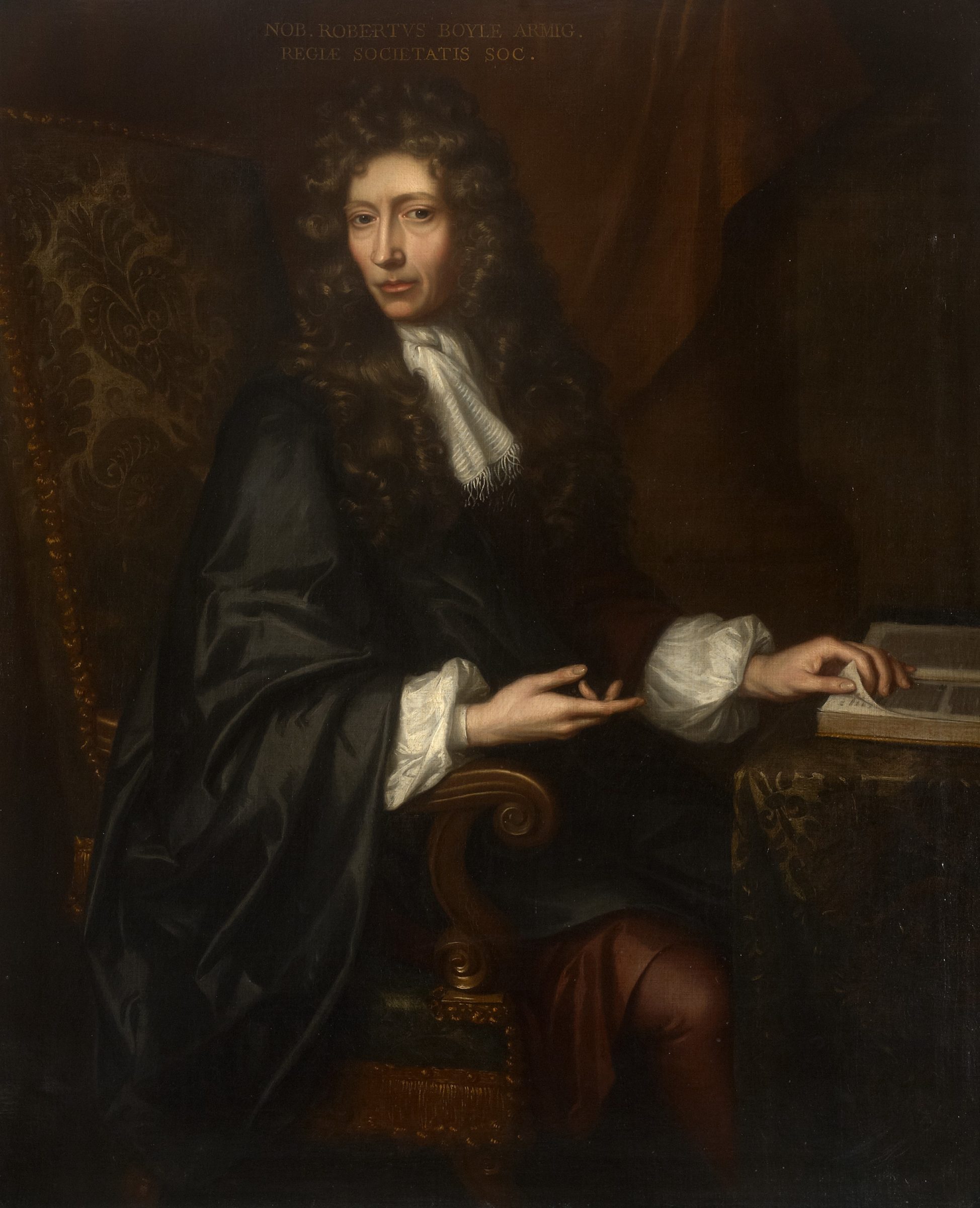
The seventeenth-century chemist and mechanical philosopher Robert Boyle, who likened nature to a clock and a book, metaphors that presupposed its divine origin.
First mentioned in Ch. 2, pg. 33.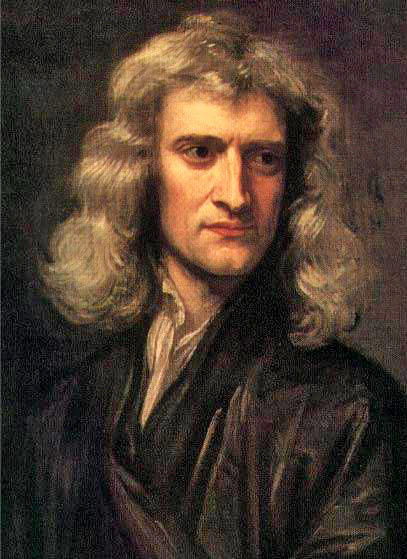
A portrait of the young Isaac Newton.
First mentioned in Ch. 2, pg. 40.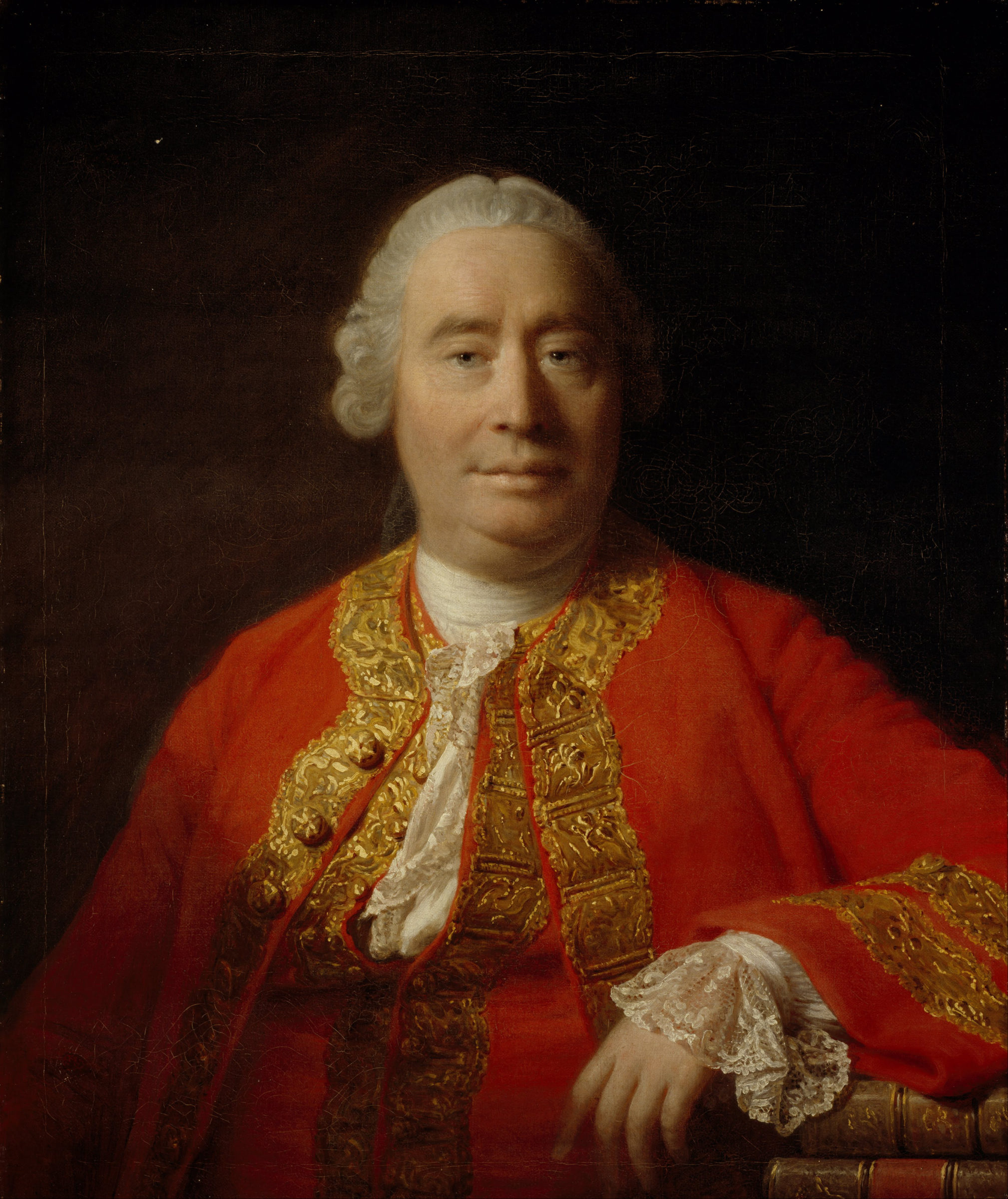
The Scottish philosopher David Hume, whose radical empiricism led him to reject the design argument and the possibility of miracles.
First mentioned in Ch. 3, pg. 52.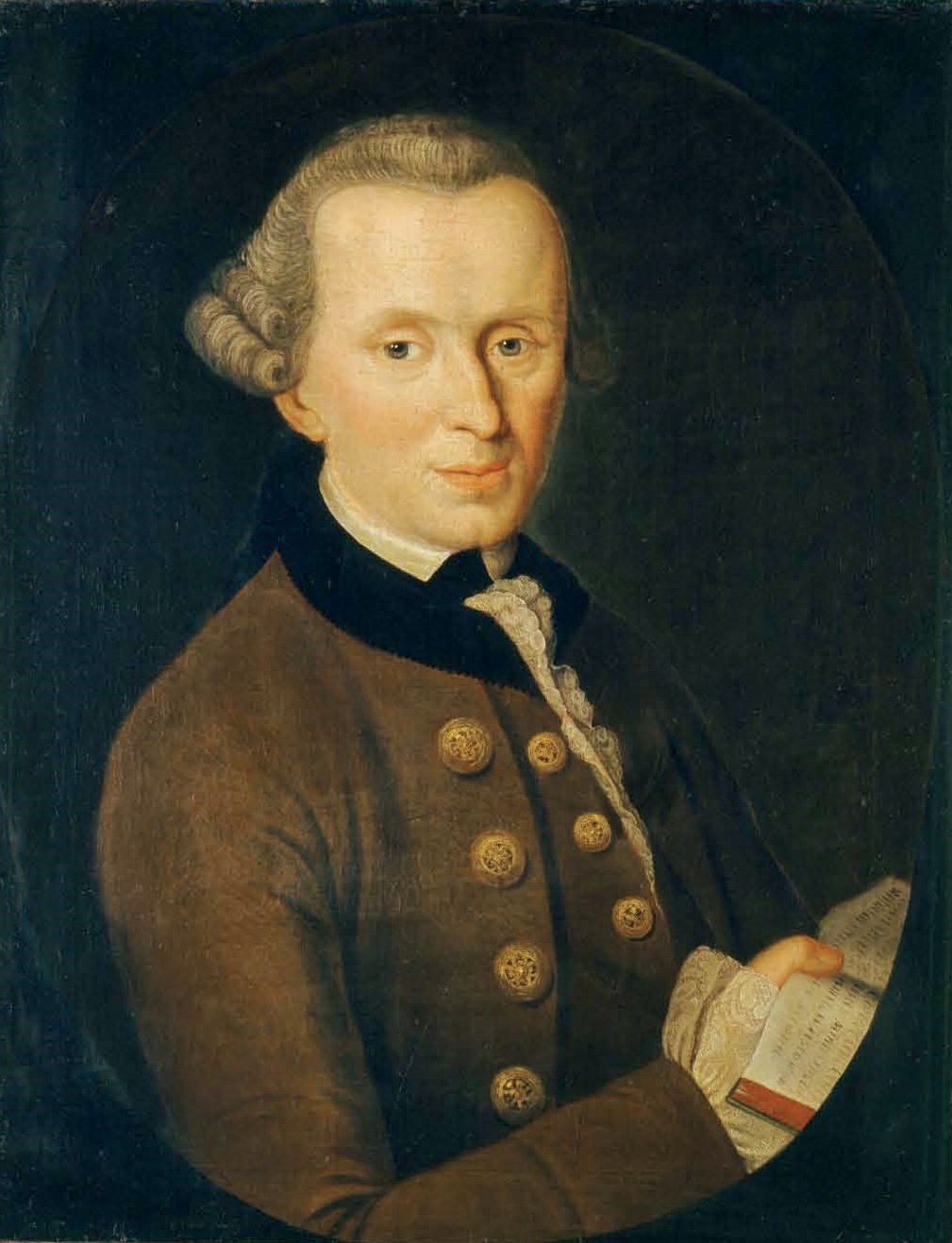
The German philosopher Immanuel Kant, who accepted a minimalist version of the design argument but rejected the cosmological argument for God’s existence as inconclusive.
First mentioned in Ch. 3, pg. 54.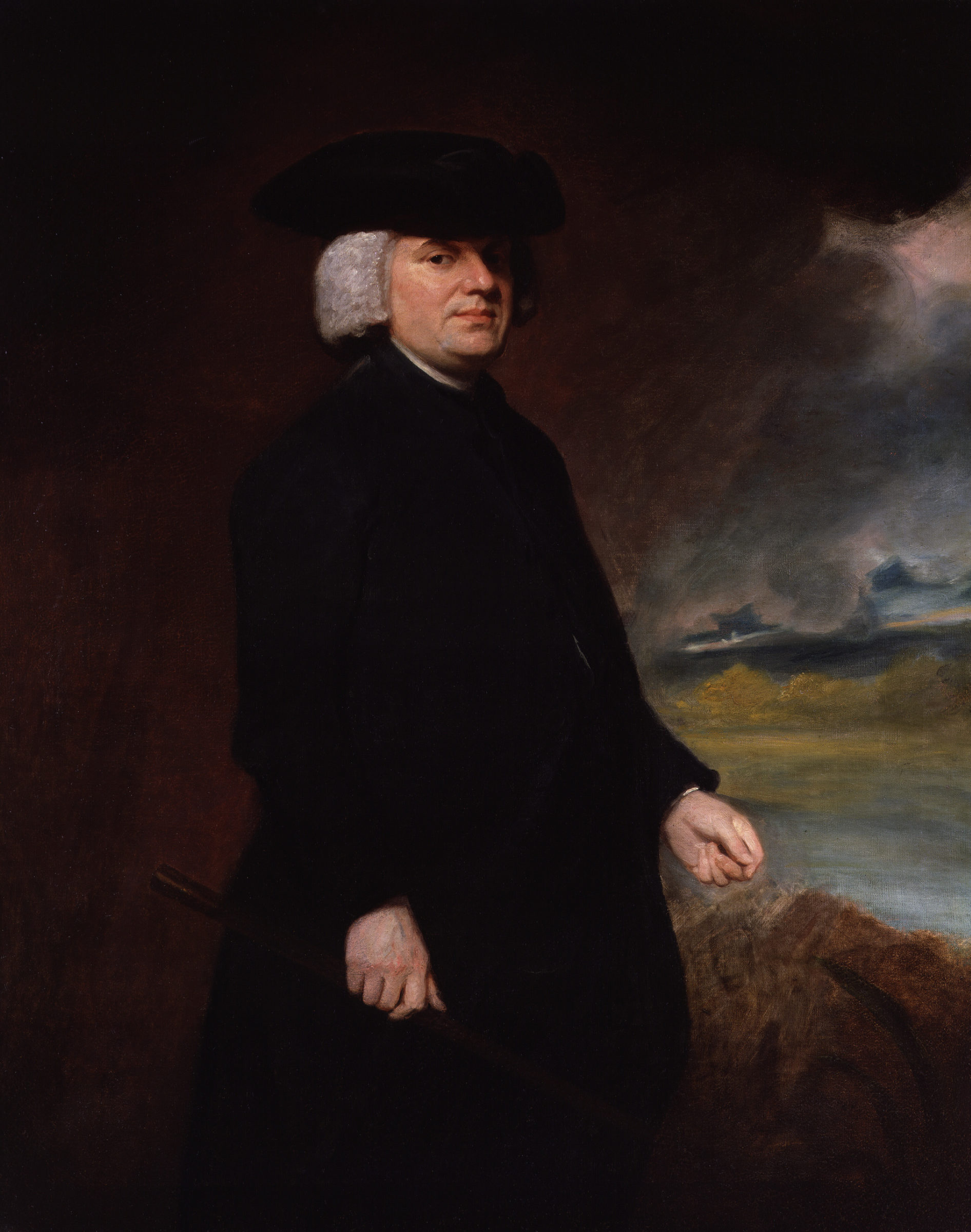
The early nineteenth-century proponent of natural theology, William Paley.
First mentioned in Ch. 3, pg. 57.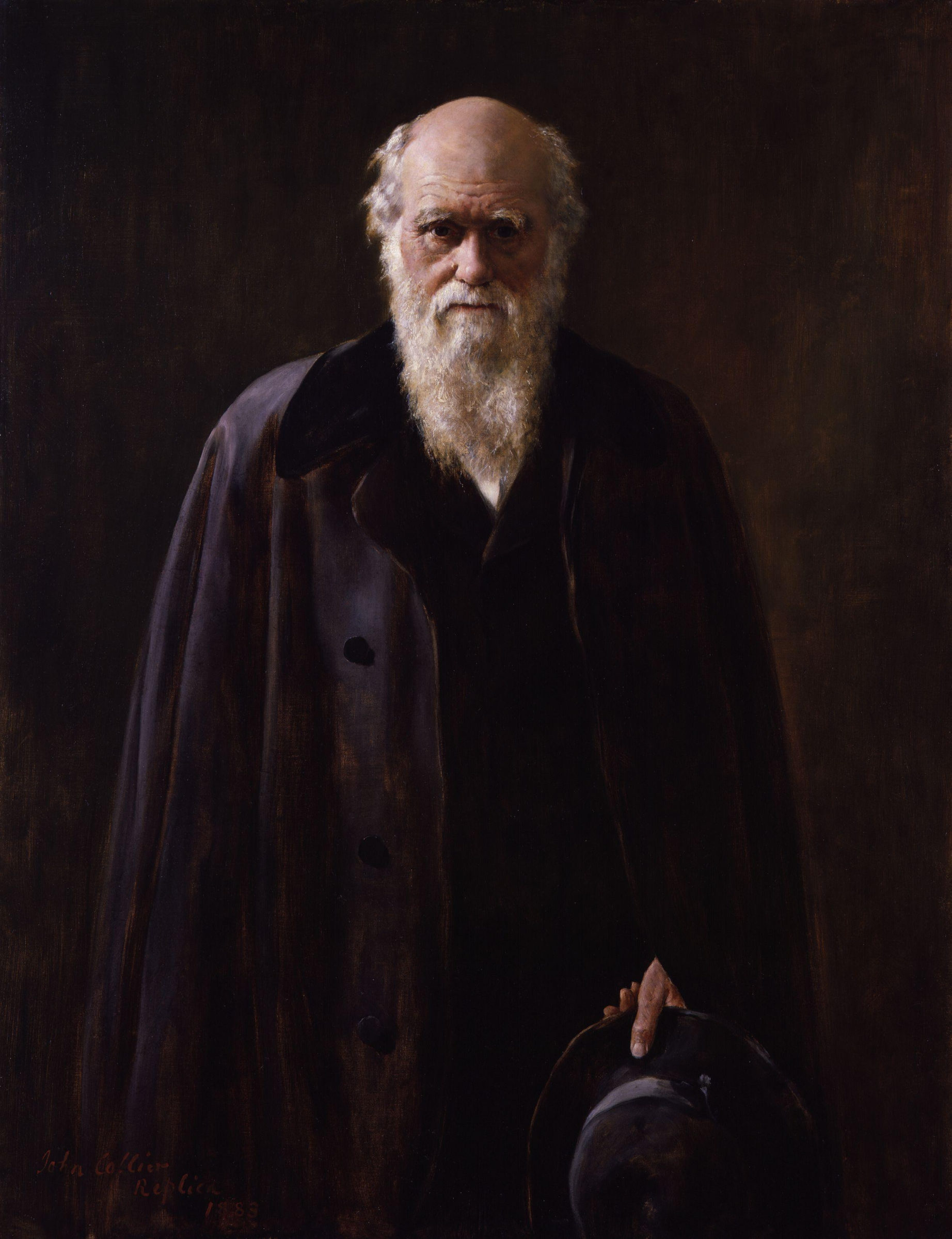
Charles Darwin, British naturalist and author of On the Origin of Species.
First mentioned in Ch. 3, pg. 58.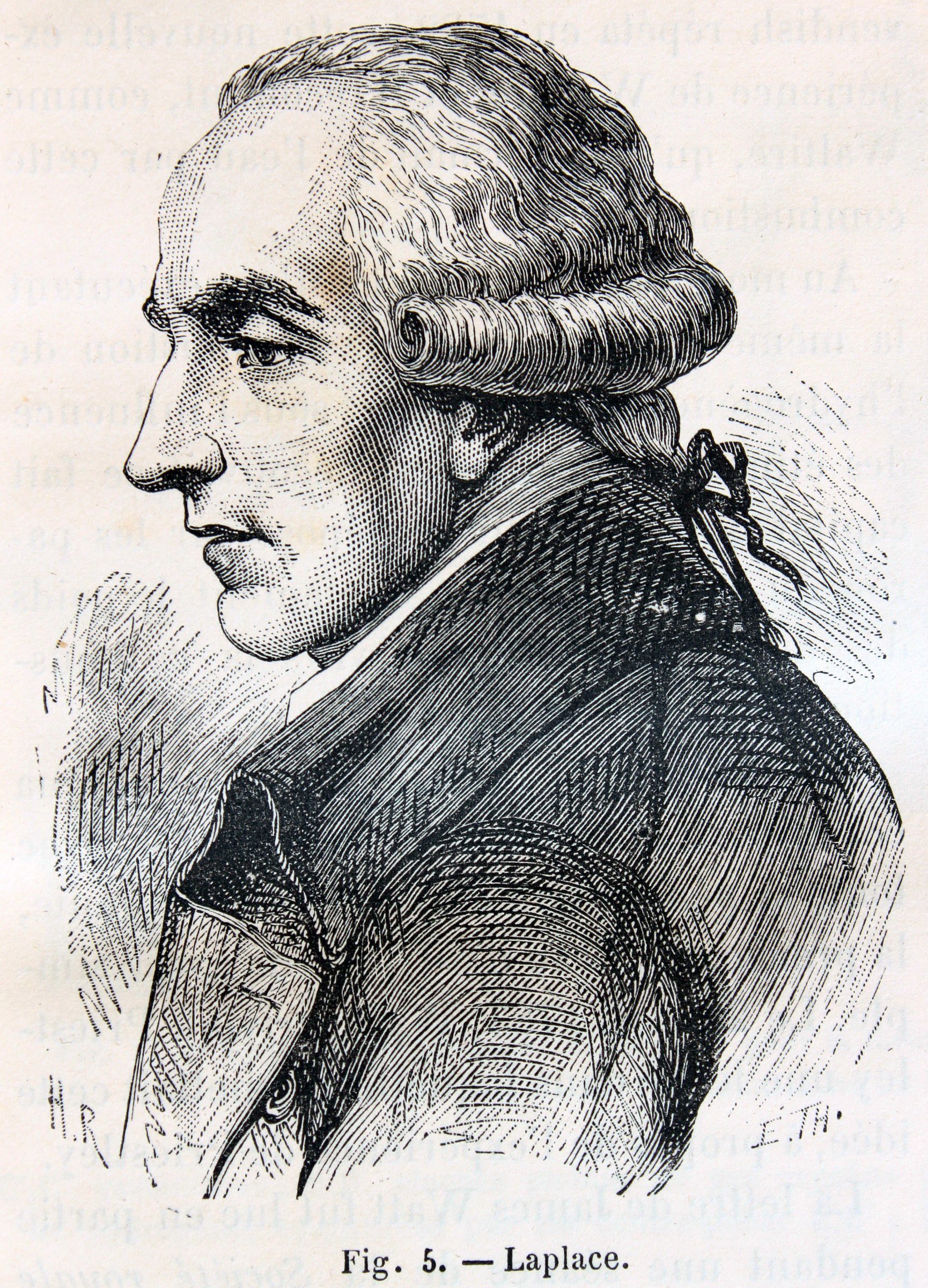
Pierre Laplace, the French physicist and author of A Treatise of Celestial Mechanics.
First mentioned in Ch. 3, pg. 59.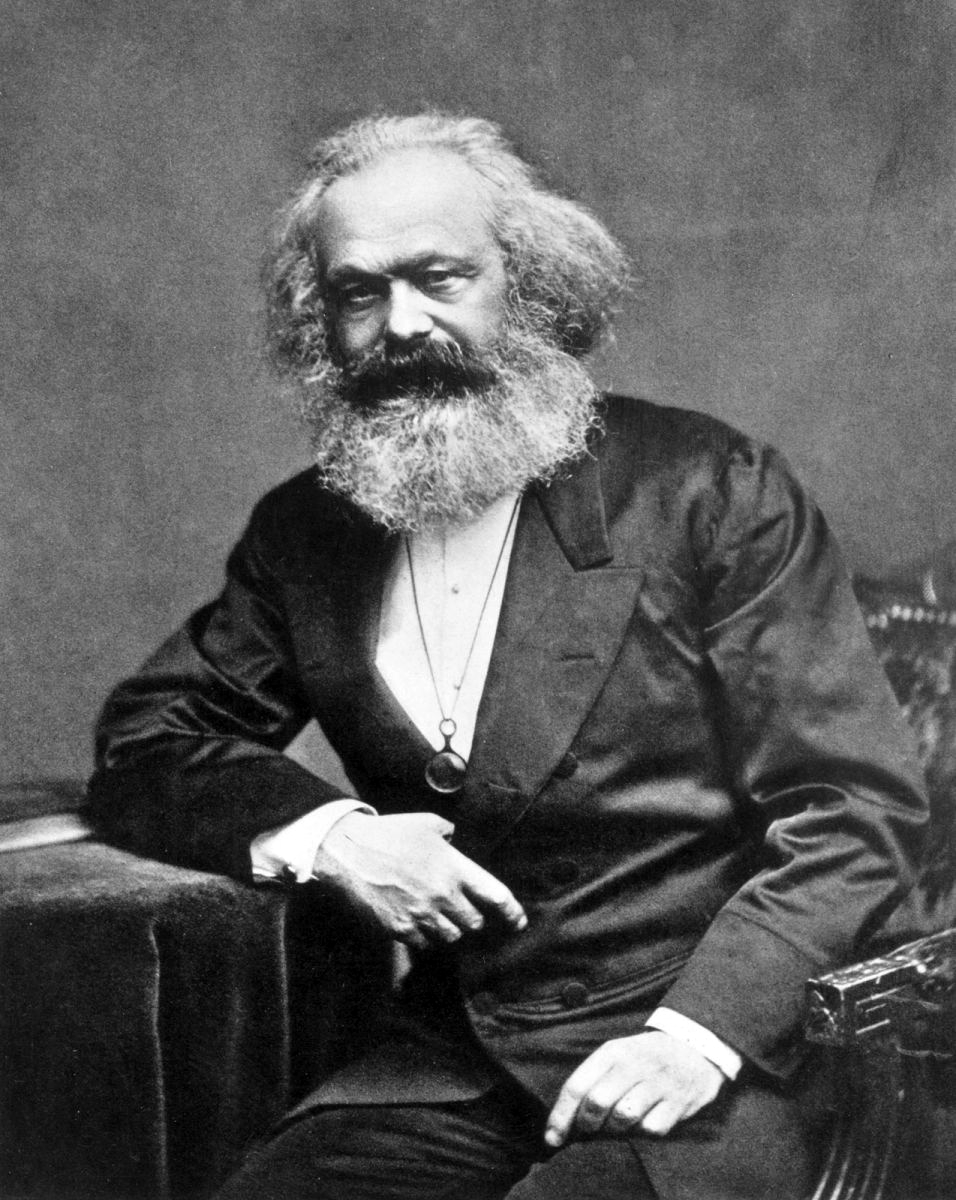
Karl Marx, the founder of dialectical materialism.
First mentioned in Ch. 3, pg. 62.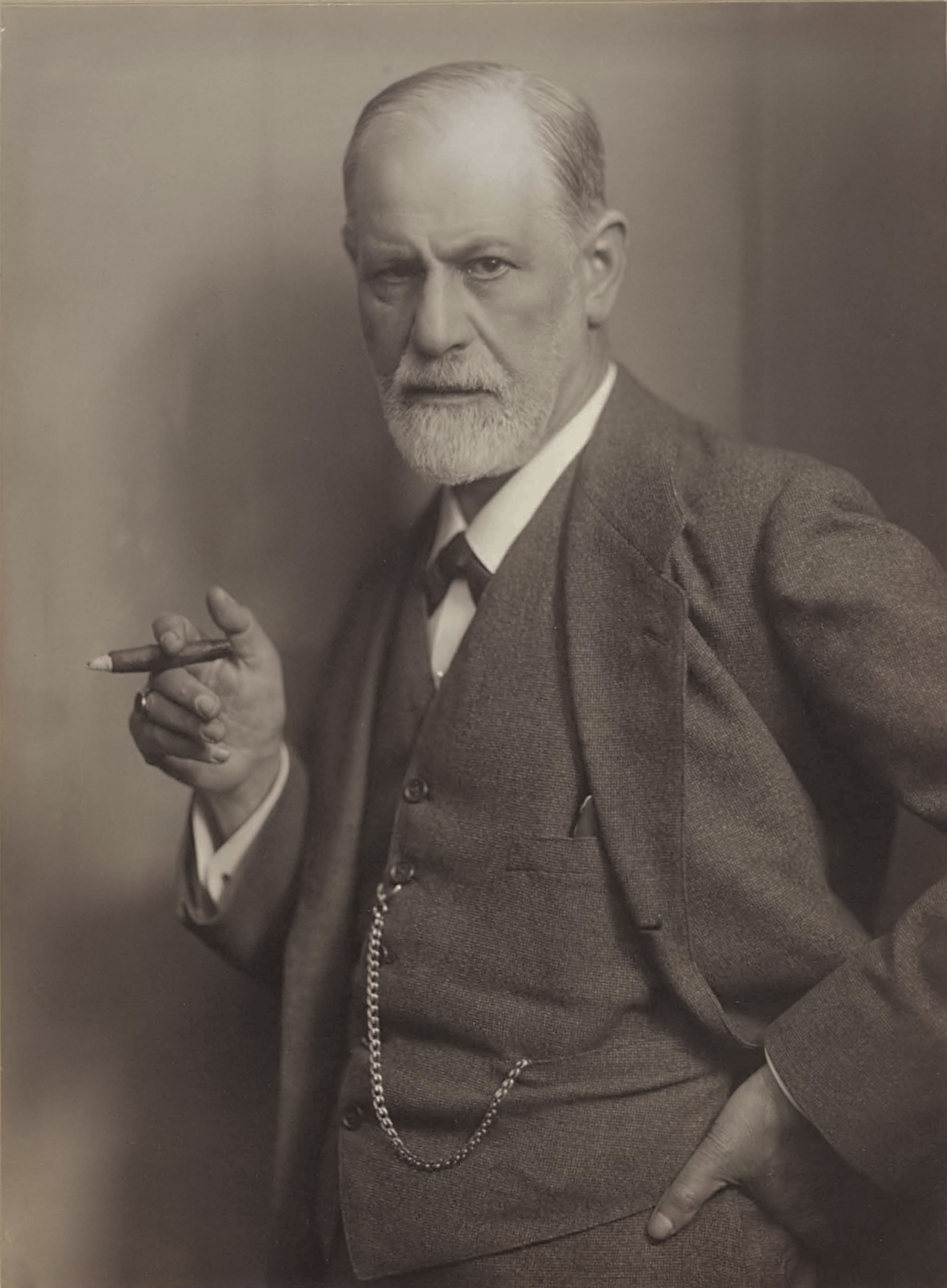
The famed psychologist Sigmund Freud.
First mentioned in Ch. 3, pg. 62.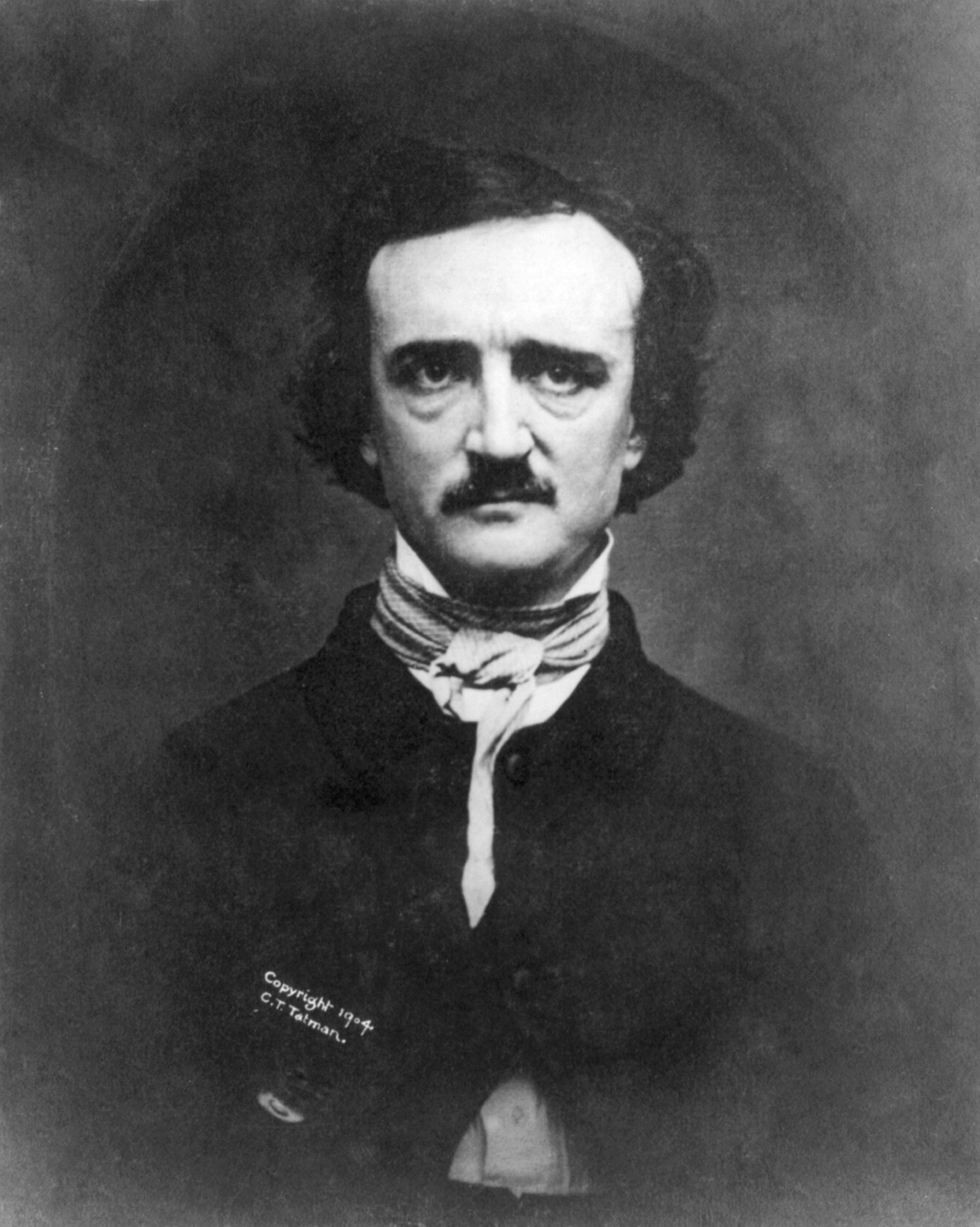
The prescient poet Edgar Allan Poe.
First mentioned in Ch. 4, pg. 72.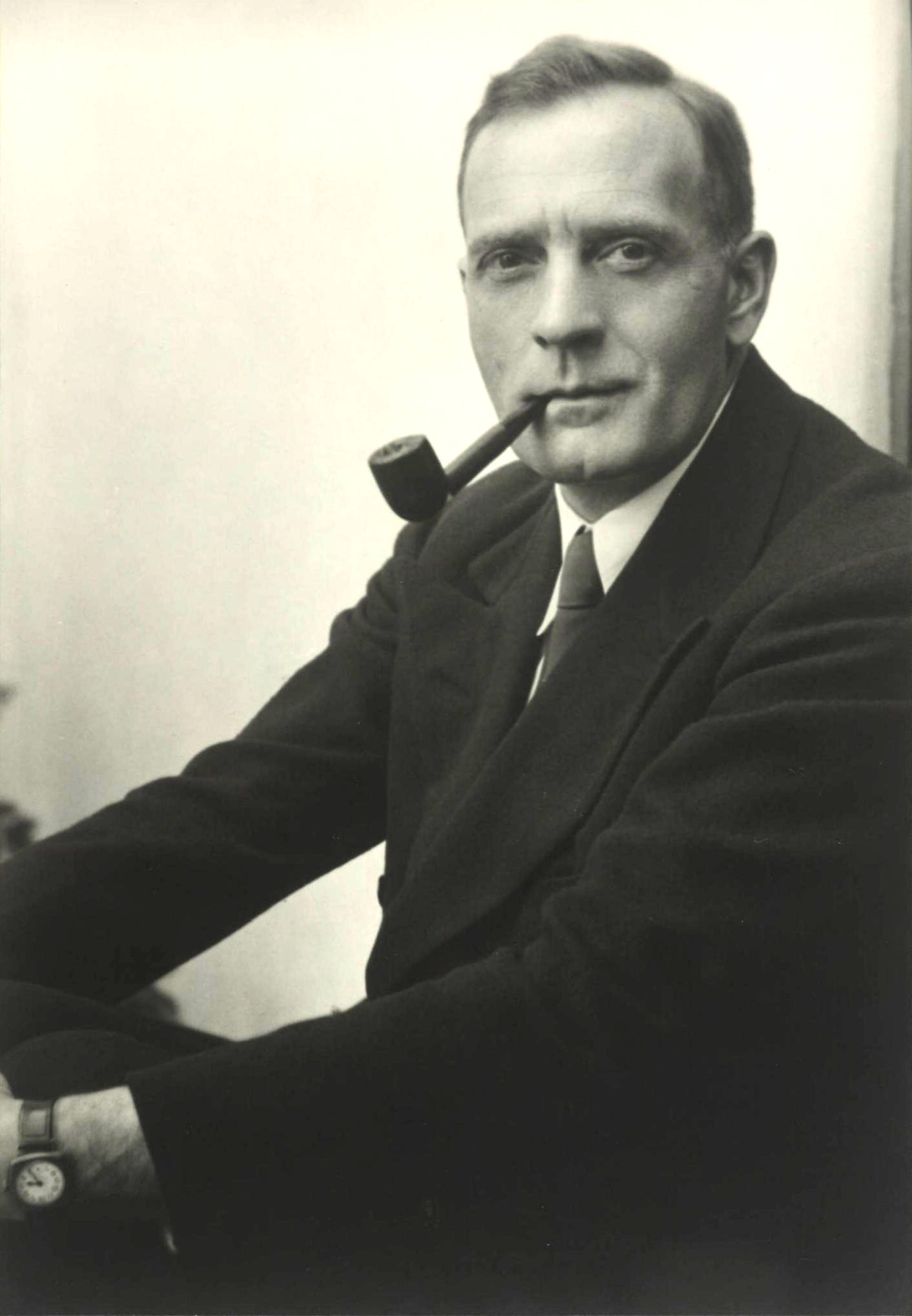
The astronomer Edwin Hubble.
First mentioned in Ch. 4, pg. 75.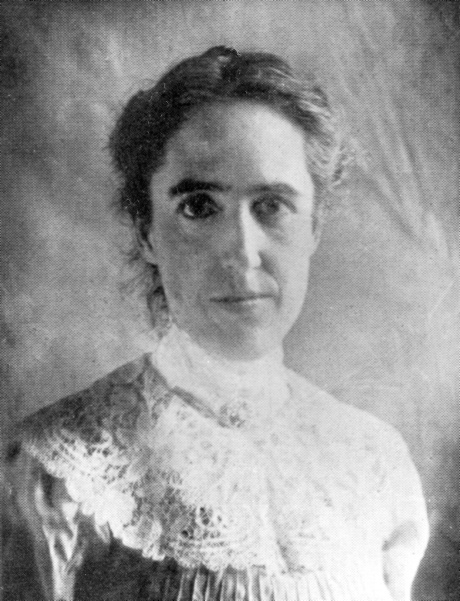
Henrietta Leavitt, the astronomer whose discoveries about Cepheid variable stars allowed astronomers to calculate distances to distant galaxies.
First mentioned in Ch. 4, pg. 76.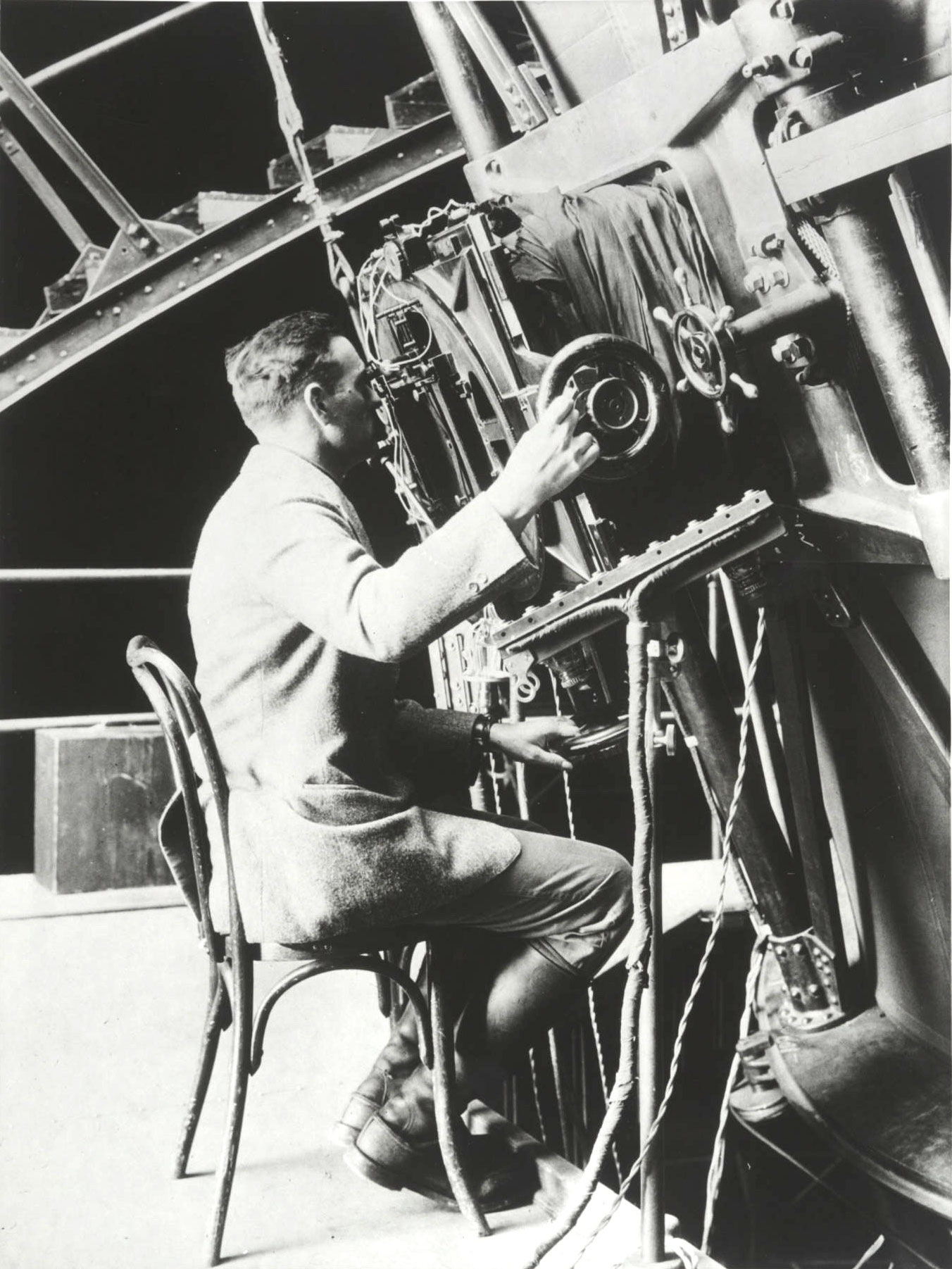
Edwin Hubble observing the night sky through the Hooker Telescope at Mt. Wilson Observatory in California. Mentioned in Ch. 4, pg. 80. 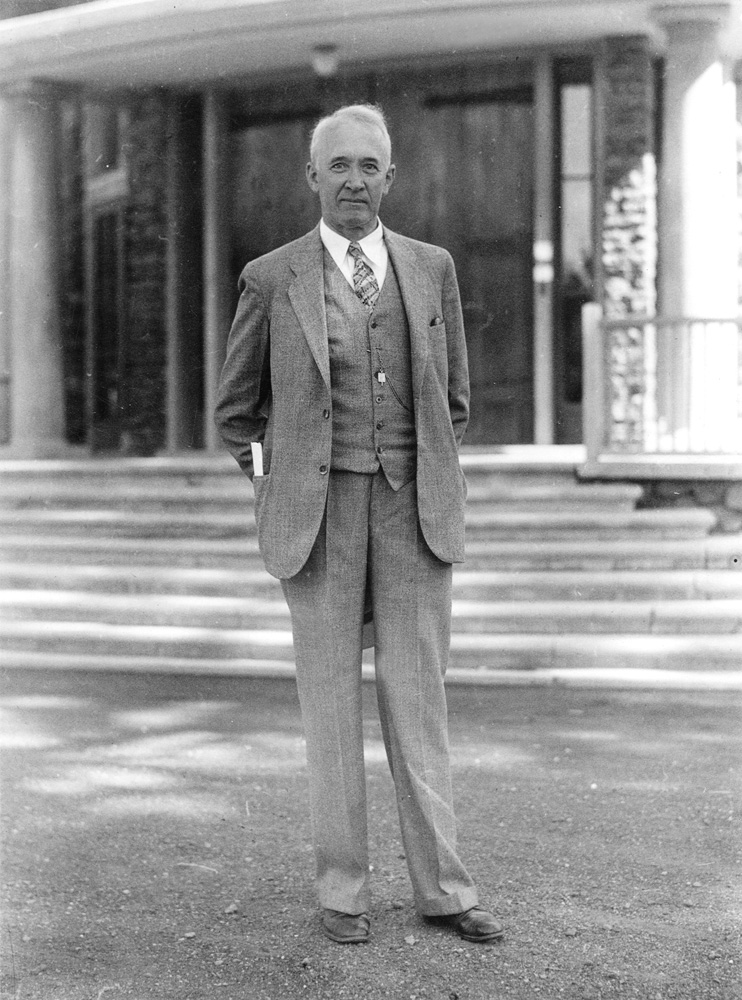
Vesto Slipher, the astronomer who first discovered the red shift of light coming from distant nebulae. First mentioned in Ch. 4, pg. 80. 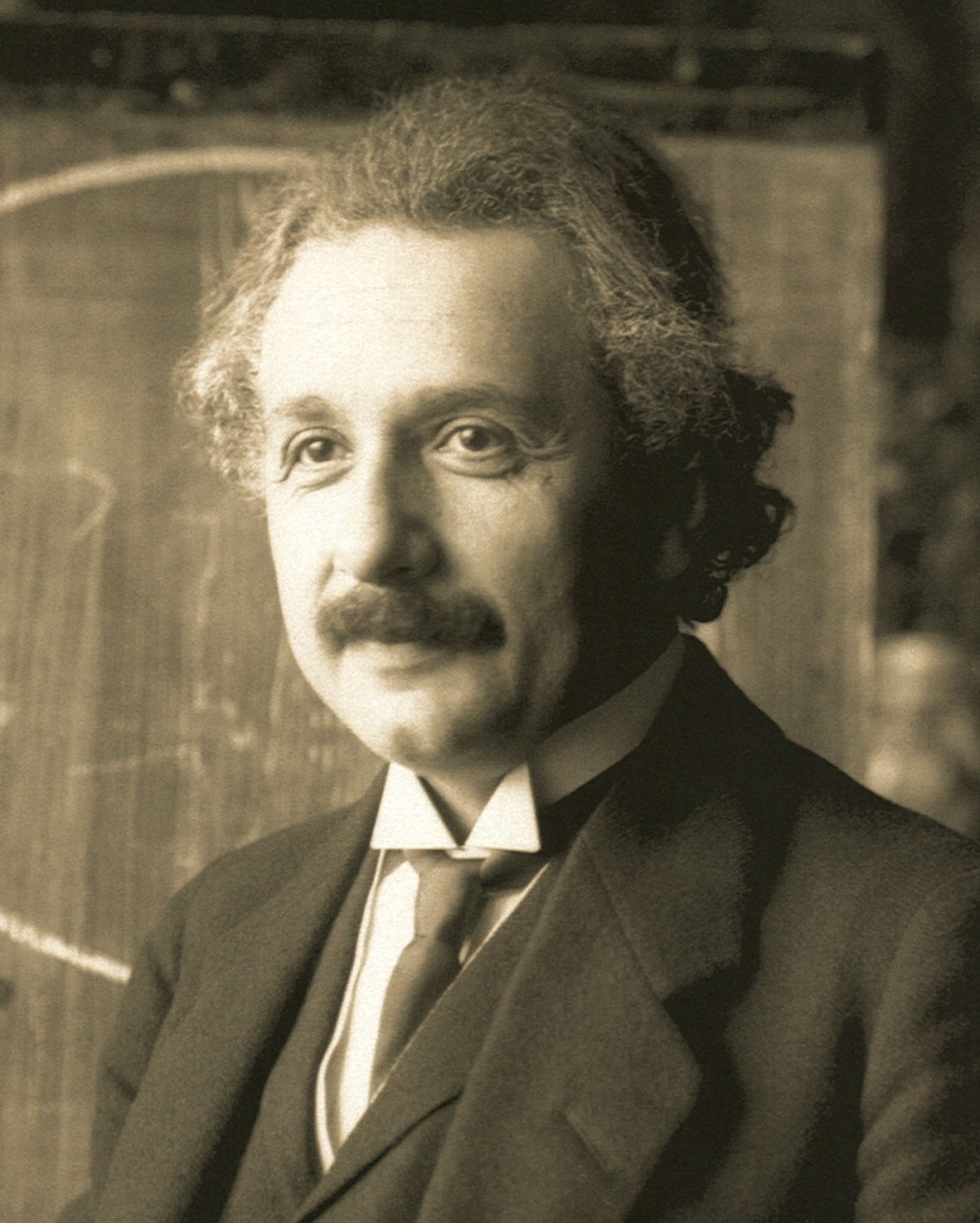
The physicist Albert Einstein who developed the theories of special and general relativity.
First mentioned in Ch. 5, pg. 87.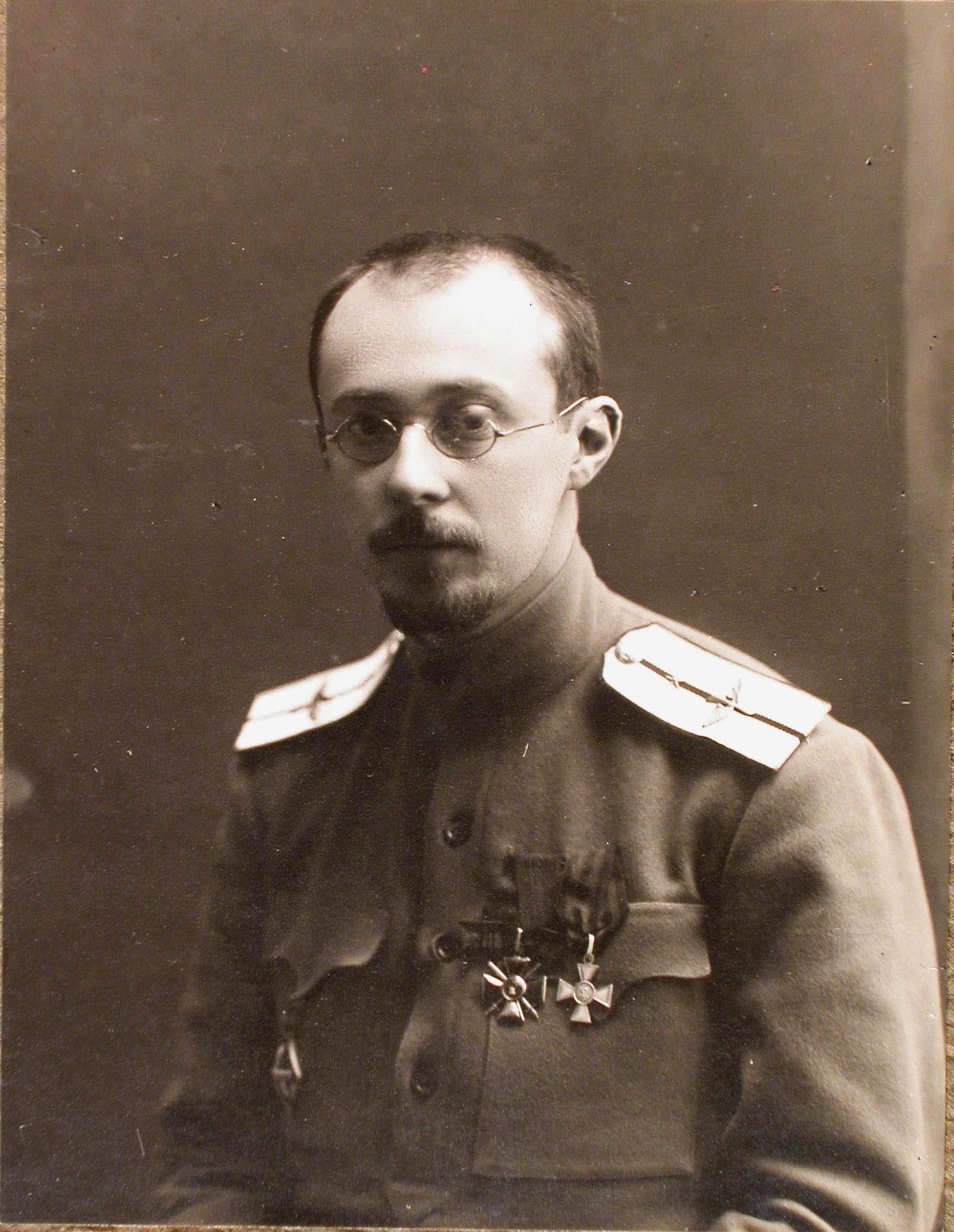
The Russian physicist Aleksandr Friedmann, who solved Einstein’s gravitational field equations.
First mentioned in Ch. 5, pg. 92.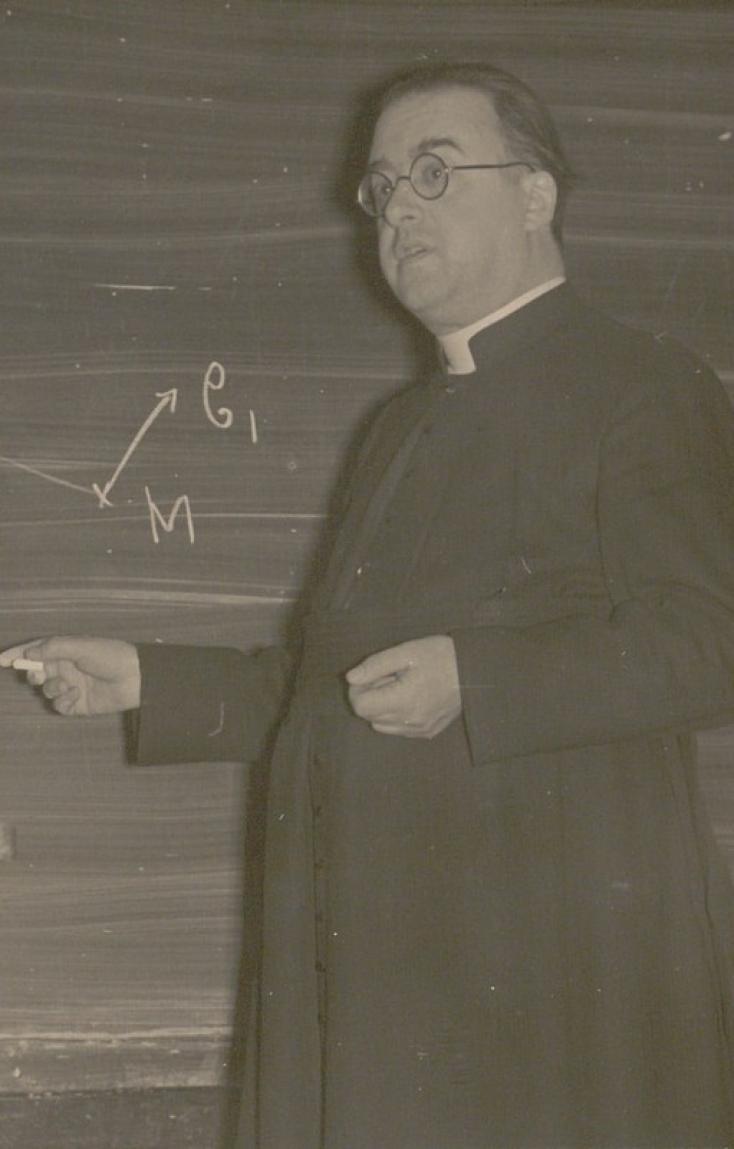
The Belgian priest and physicist Georges Lemaitre, the father of the big bang theory.
First mentioned in Ch. 5, pg. 93.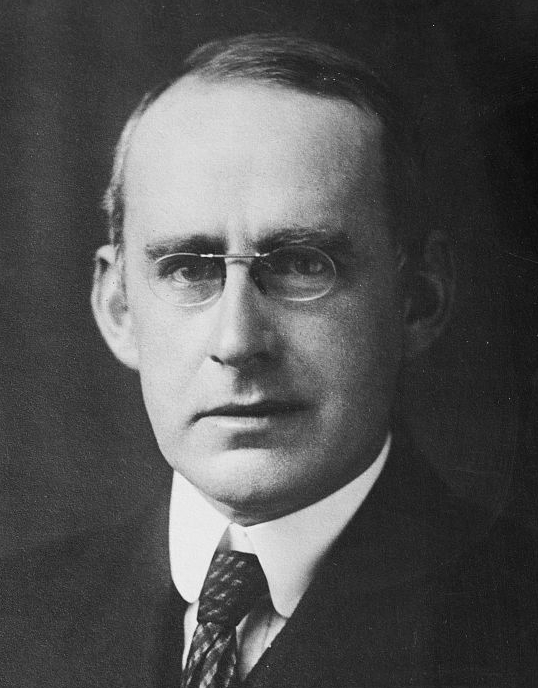
The British astrophysicist Sir Arthur Eddington, who told Einstein about the evidence for
galactic recession on a 1930 visit to Cambridge University, though Eddington himself did not much like its implications for a beginning to the universe.
First mentioned in Ch. 5, pg. 95.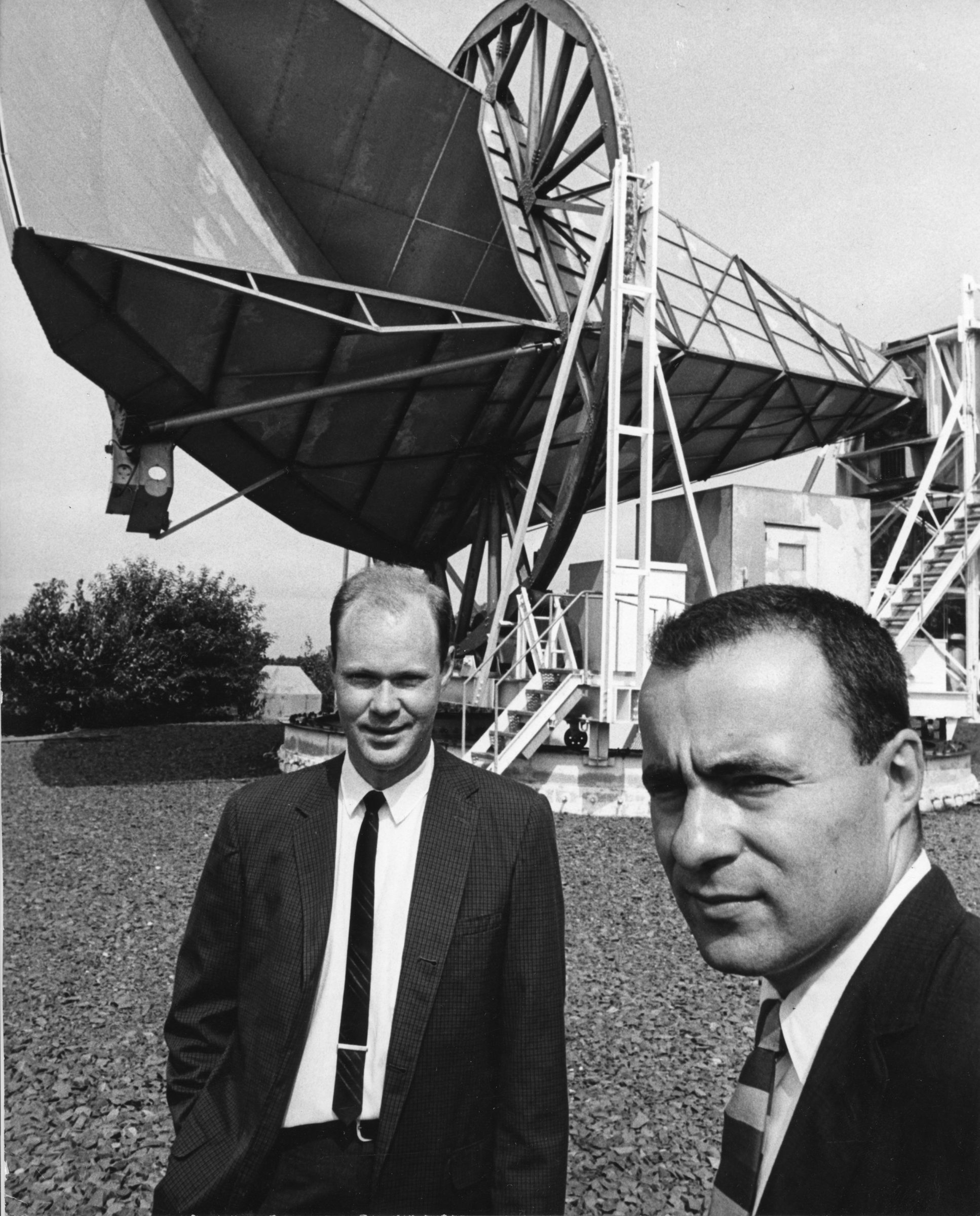
Physicists Robert Wilson and Arno Penzias, co-discoverers of the cosmic background radiation, standing in front of the Horn Antenna at the Bell Labs in 1965.
First mentioned in Ch. 5, pg. 102.
A young Stephen Hawking, whose 1966 PhD thesis developed the first initial proof of a cosmological singularity theorem.
First mentioned in Ch. 6, pg. 111.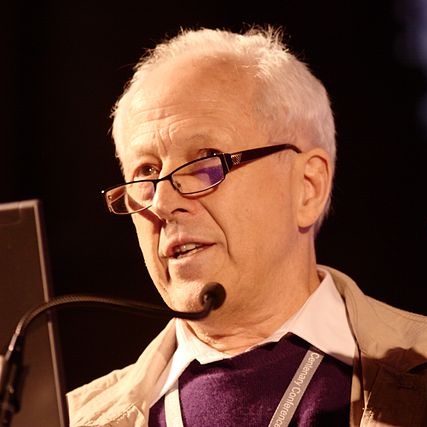
Physicist George Ellis, who collaborated with Stephen Hawking in their classic work The Large Scale Structure of Space-Time to prove cosmological singularity theorems based on general
relativity. First mentioned in Ch. 6, pg. 113.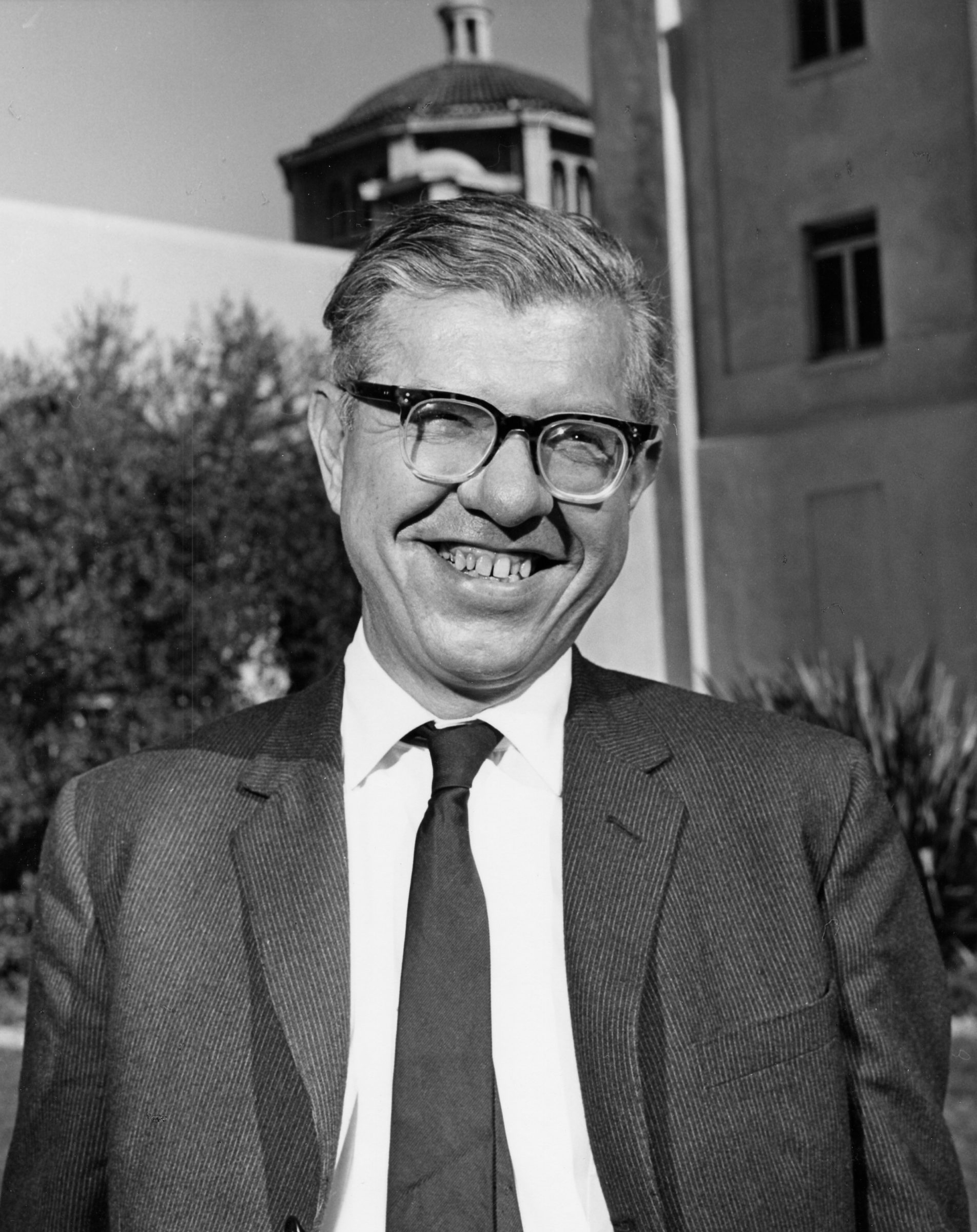
Astrophysicist Sir Fred Hoyle. In the process of determining how the element carbon might have formed inside stars, Hoyle discovered many fine-tuning parameters.
First mentioned in Ch. 7, pg. 130.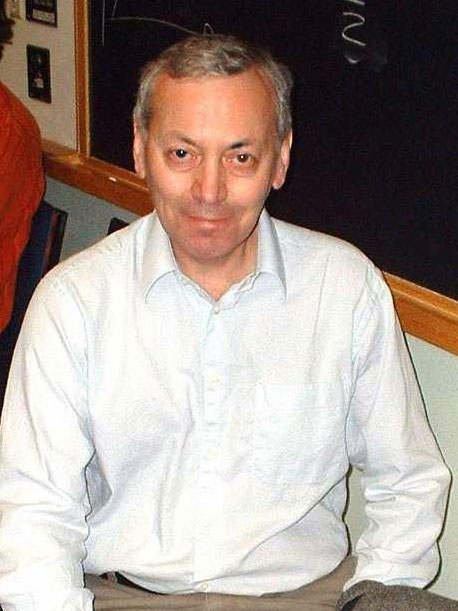
Alexander Vilenkin, a theoretical physicist.
First mentioned in Prologue, pg. 8, and more prominently in Ch. 6.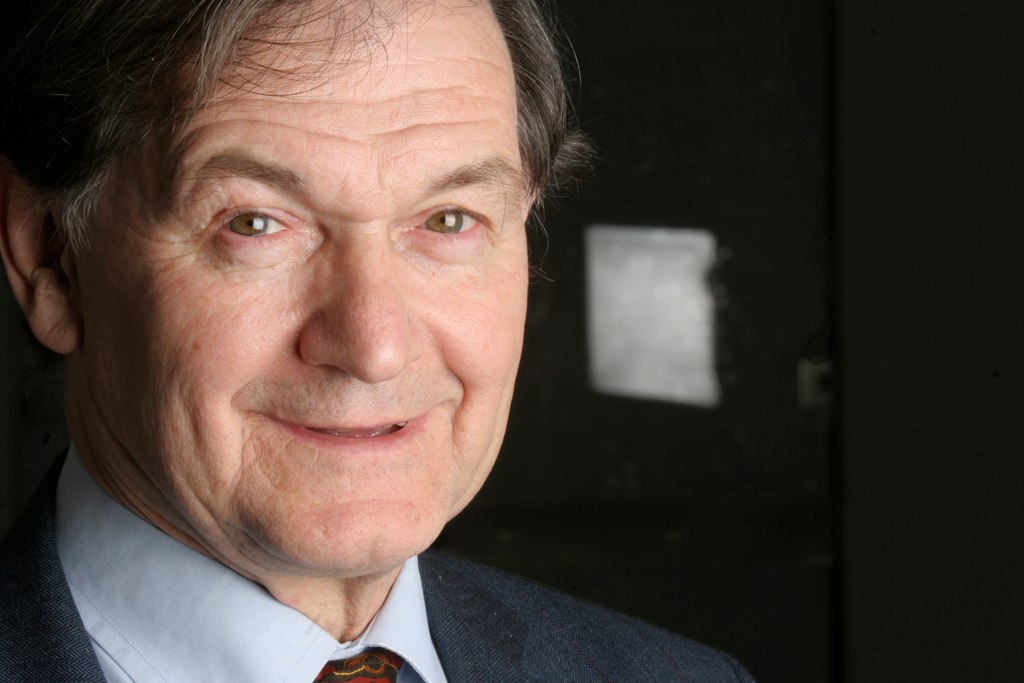
The Oxford physicist Sir Roger Penrose, who collaborated with Stephen Hawking in proving cosmological singularity theorems and later calculated the exquisite and hyper-exponential fine tuning of the initial entropy of the universe.
First mentioned in Ch. 8, pg. 149.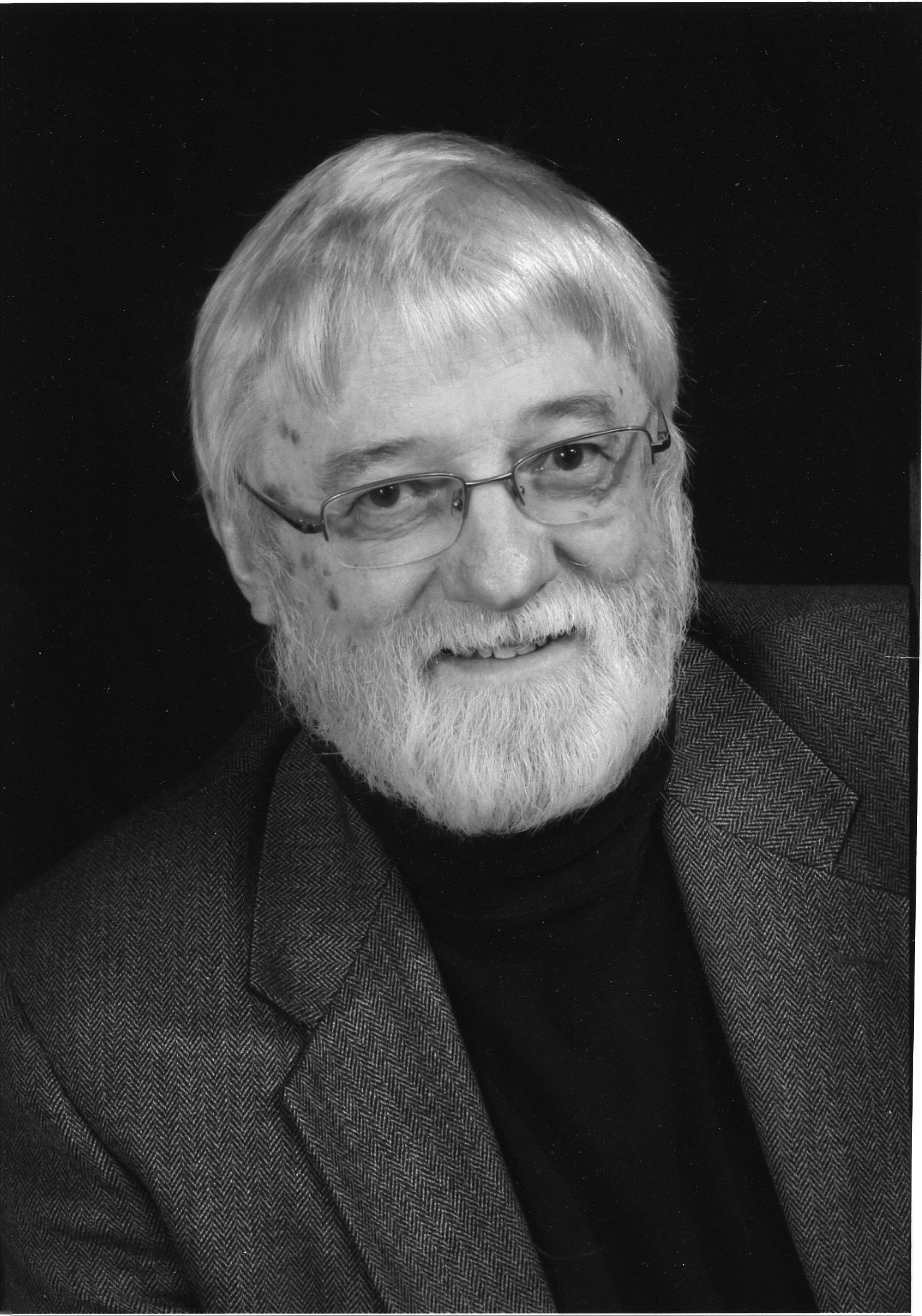
The American chemist and co-author of The Mystery of Life’s Origin, Charles Thaxton.
First mentioned in Ch. 9, pg. 182.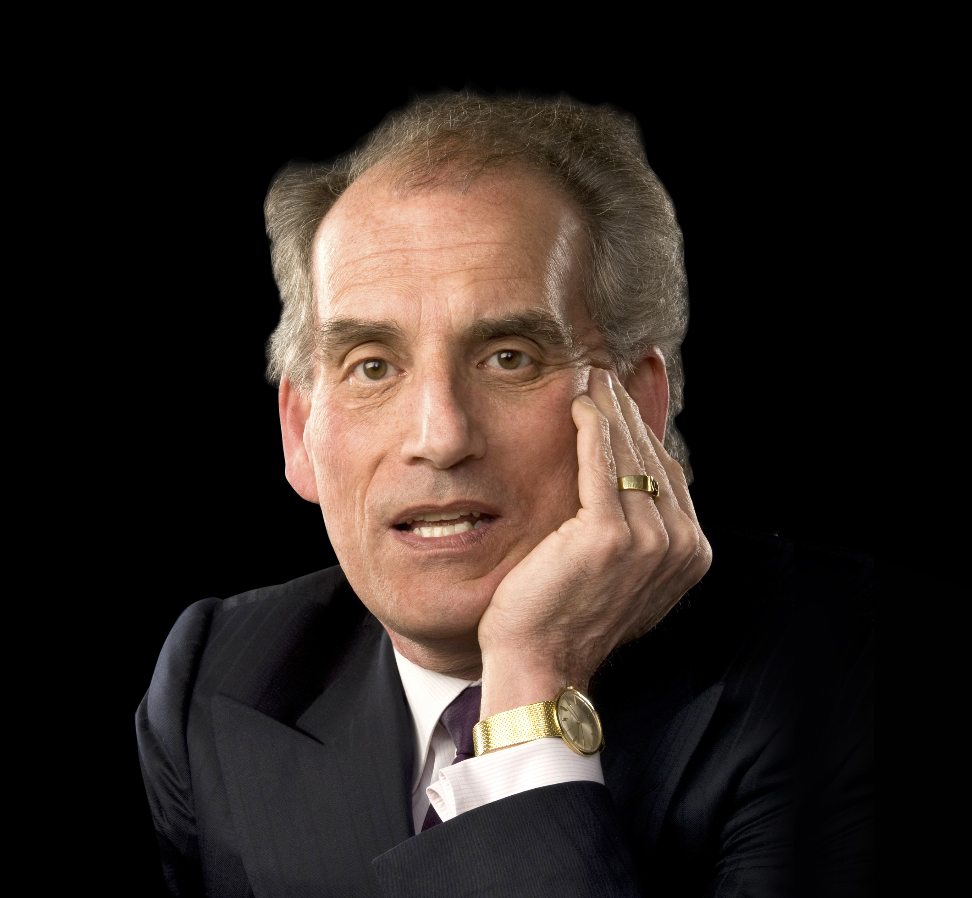
The mathematician and philosopher David Berlinski, who has written persuasively about the problem of “combinatorial inflation” and the implausibility of a random mutational search producing novel functional genes and proteins.
First mentioned in Ch. 10, pg. 199.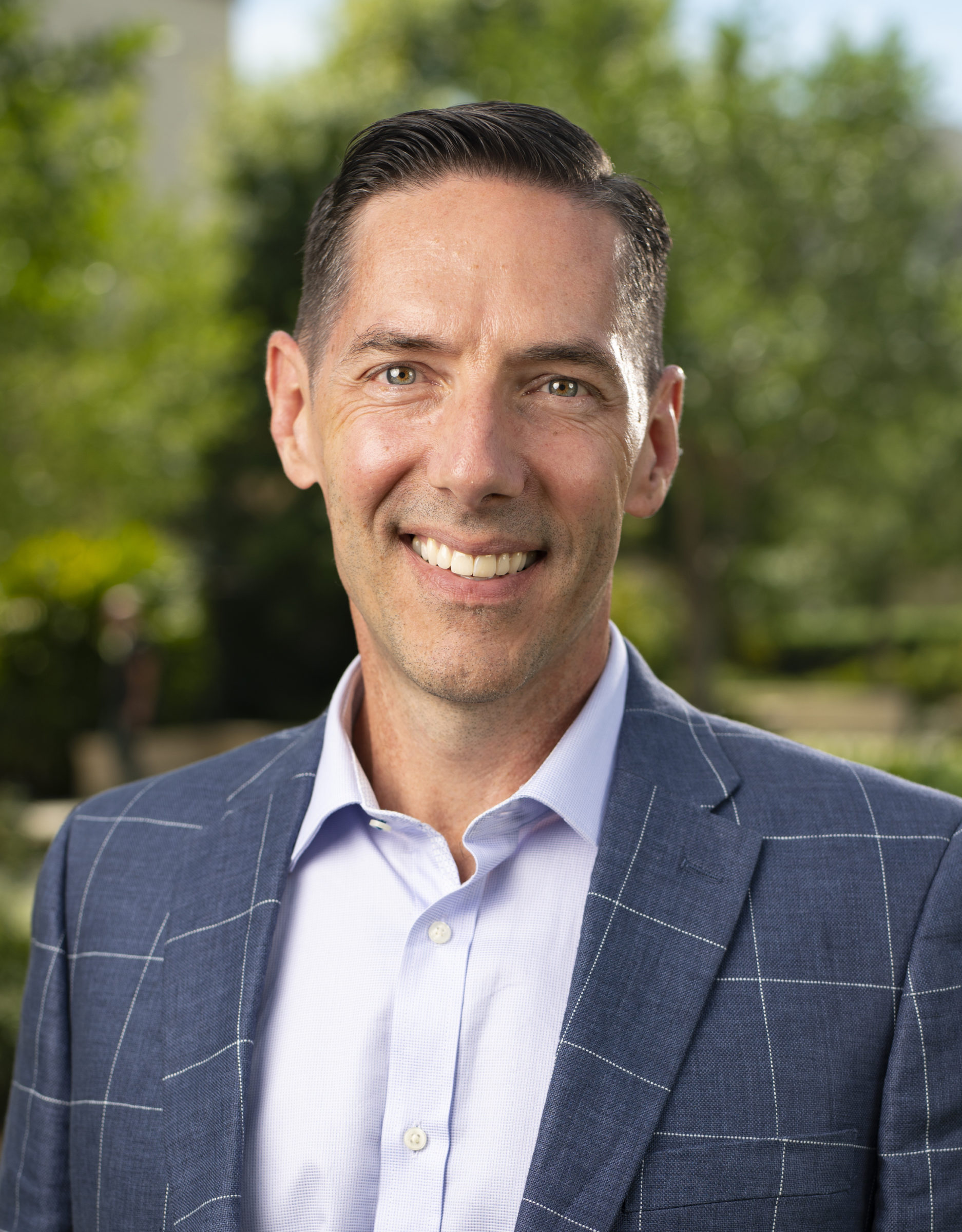
Molecular biologist Douglas Axe. While working at the University of Cambridge Medical Research Council Laboratory from 1990 to 2003, Axe established that DNA base sequences capable of making protein “folds” are extremely rare among the vast number of corresponding possible sequences.
First mentioned in Ch. 10, pg. 203.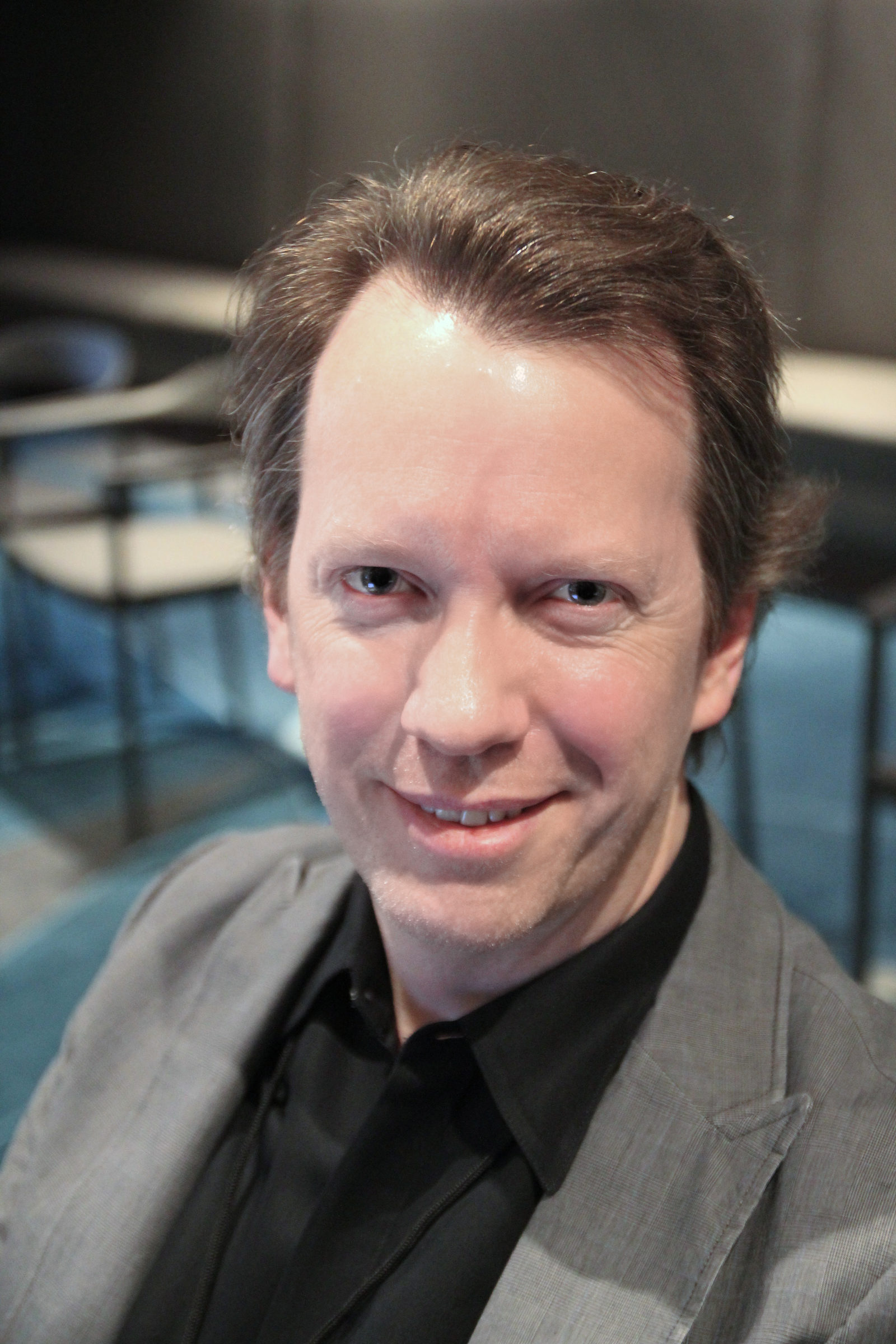
Sean Carroll, Caltech physicist and proponent of scientific naturalism.
First mentioned in Ch. 11, pg. 218.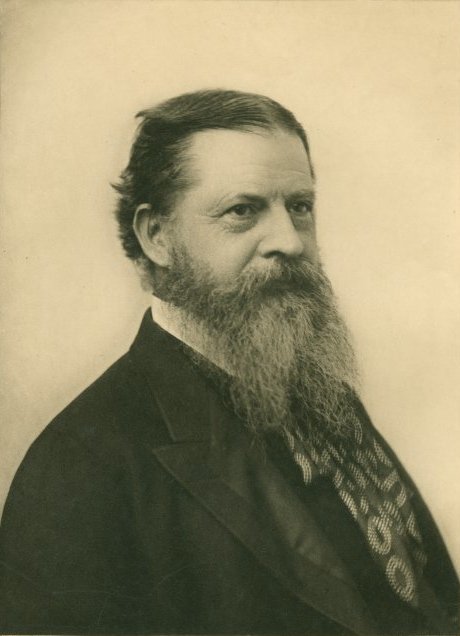
Charles Sanders Peirce, the American philosopher and logician
who explicated abductive reasoning.
First mentioned in Ch. 11, pg. 223.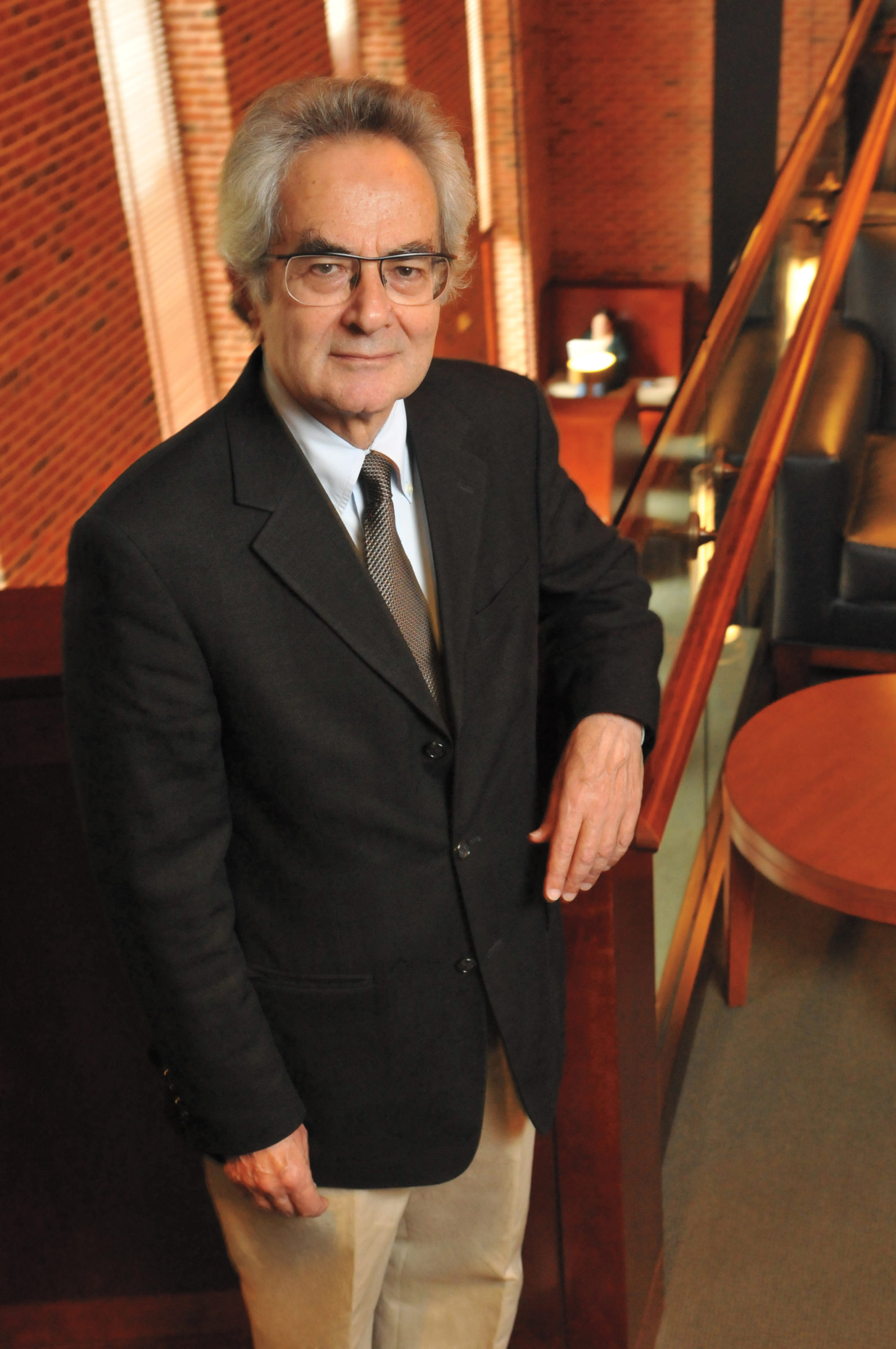
Thomas Nagel, the eminent New York University philosopher of science and author of Mind & Cosmos: Why the Materialist Neo-Darwinian Conception of Nature Is Almost Certainly False.
First mentioned in Ch. 15, pg. 301.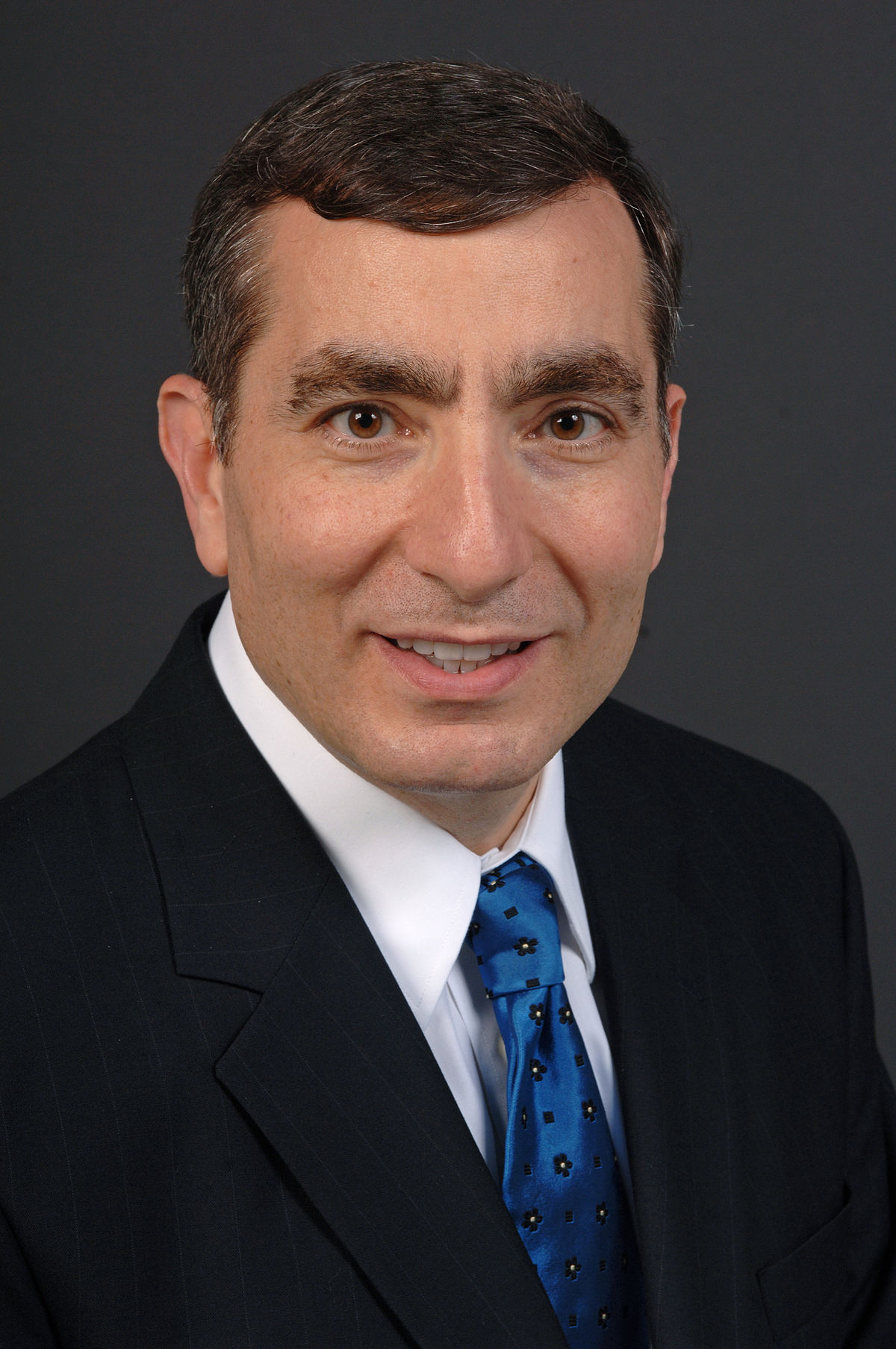
Professor James Tour of Rice University, one of the leading synthetic organic chemists in the world.
First mentioned in Ch. 15, pg. 310.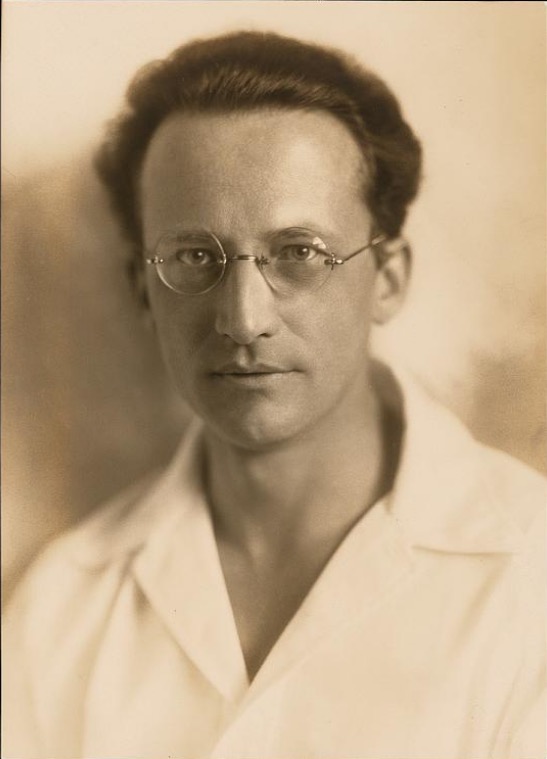
Physicist Erwin Schrödinger, architect of quantum mechanics and the famed Schrödinger equation.
First mentioned in Ch. 17, pg. 357.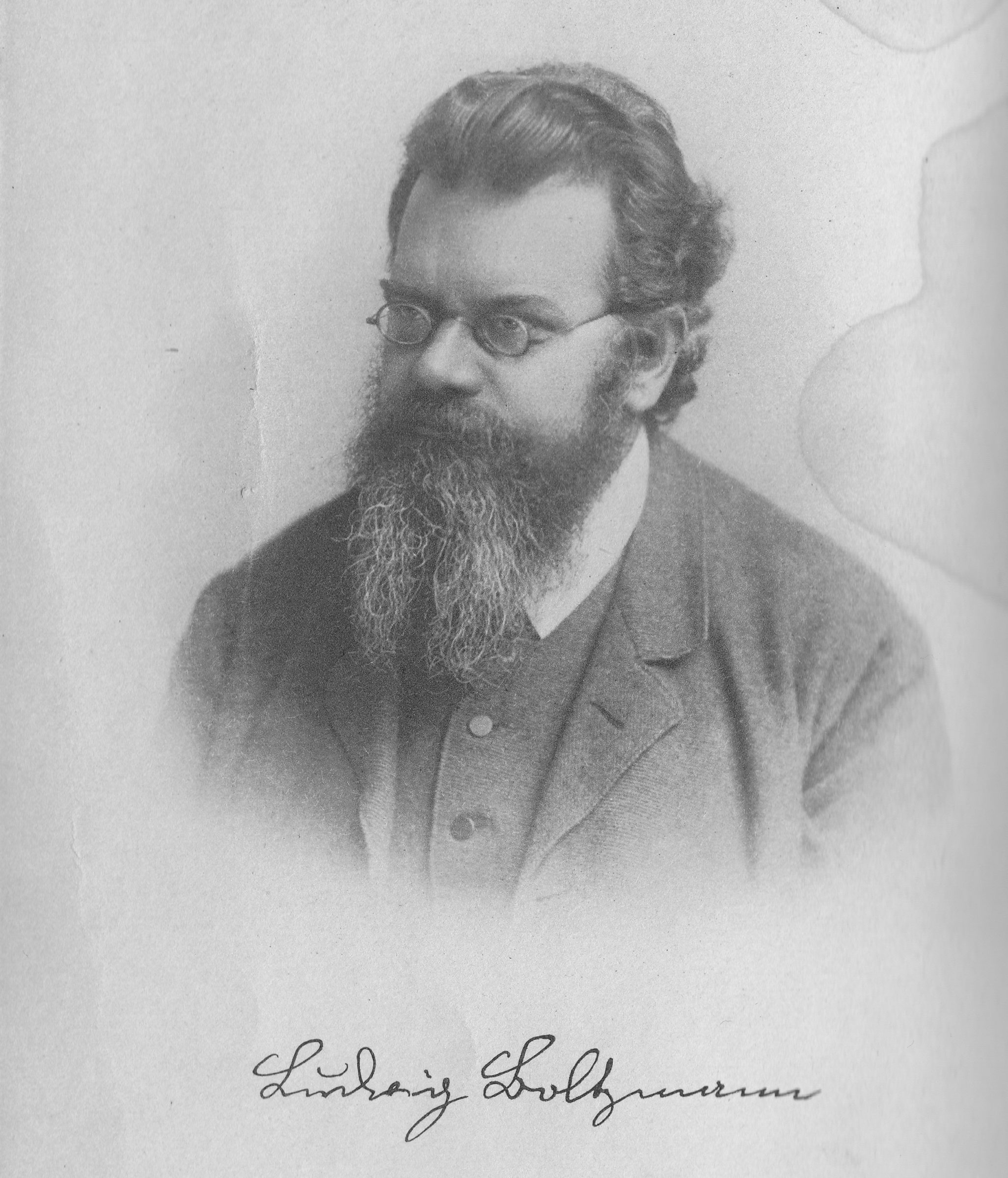
The nineteenth-century Austrian physicist Ludwig Boltzmann, who speculated about the possibility of “Boltzmann brains.”
First mentioned in Ch. 19, pg. 399.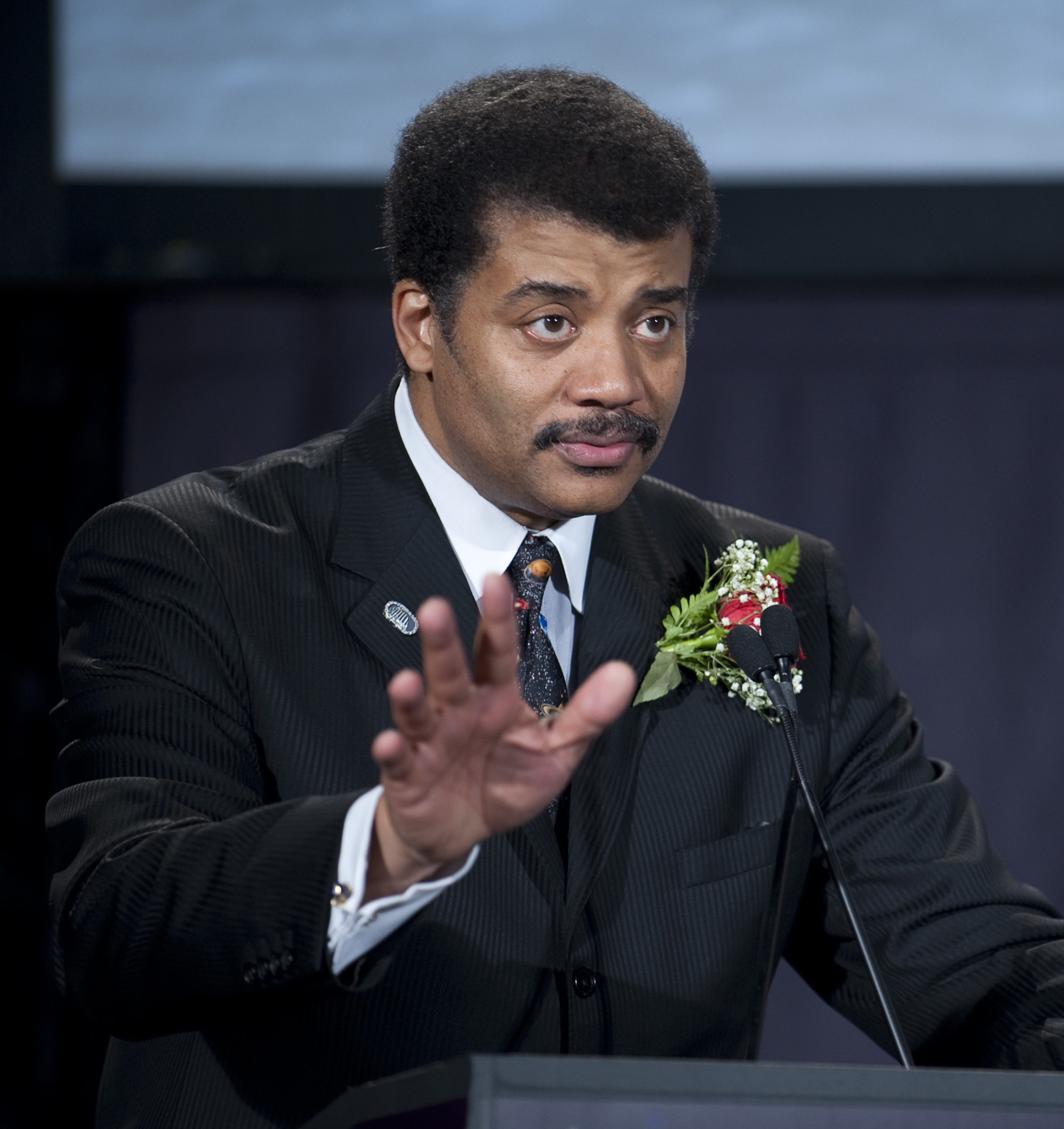
Director of the Hayden Planetarium Neil deGrasse Tyson speaks as host of the Apollo 40th anniversary celebration held at the National Air and Space Museum, Monday, July 20, 2009 in Washington. Photo Credit: (NASA/Bill Ingalls)
Prominently mentioned in Ch. 20, beginning on pg. 427.
History
Selected photos from the history of cosmology and space exploration.

Edwin Hubble Seated at Hooker Telescope 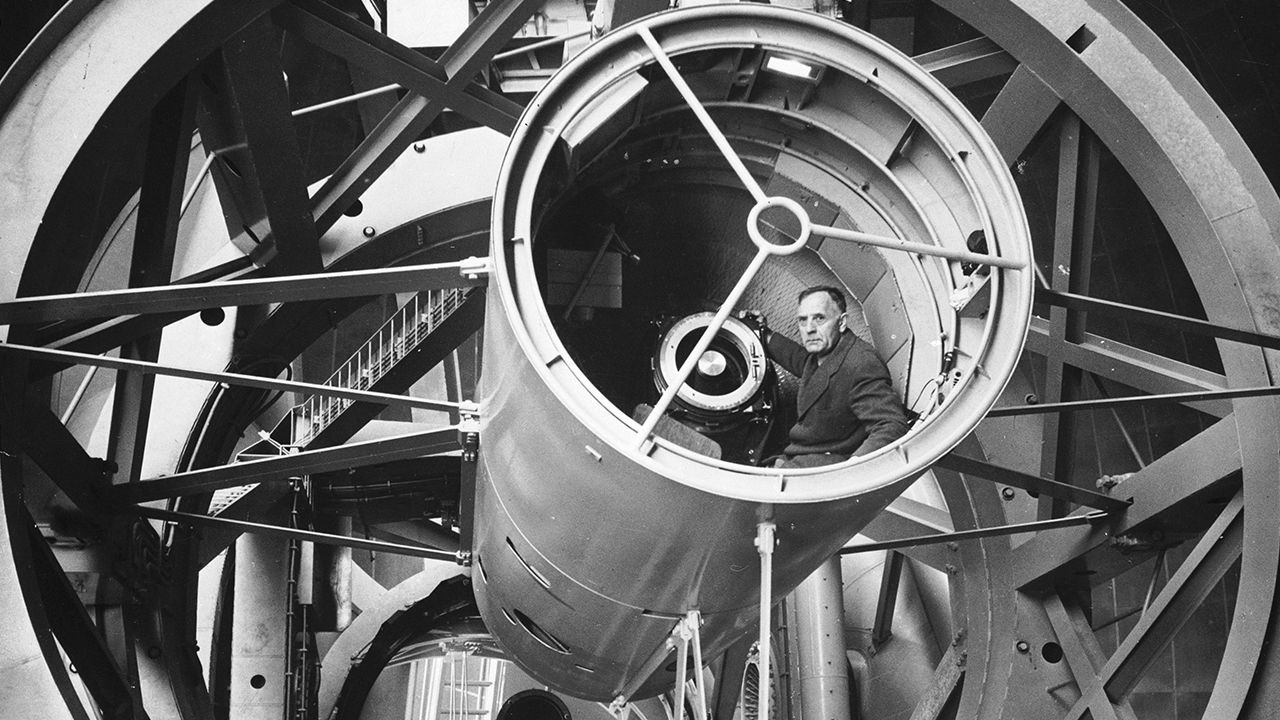
Edwin Hubble poses inside the 200-inch Palomar telescope in 1953. 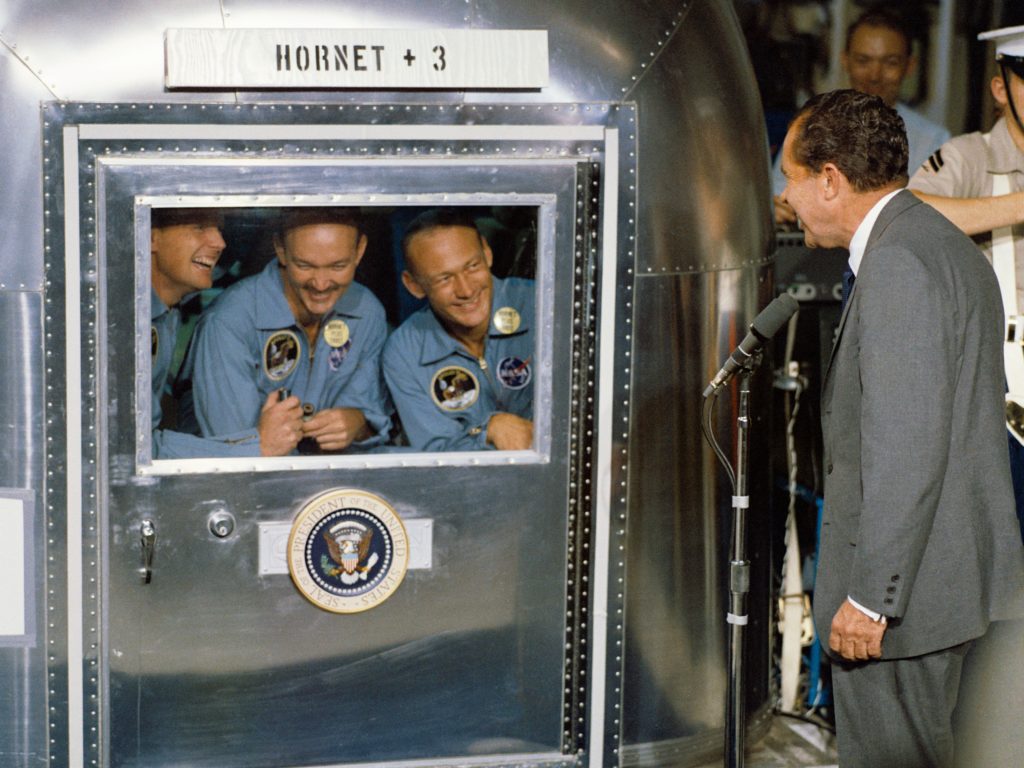
On July 24, 1969, President Richard Nixon welcomes the quarantined Apollo 11 astronauts, Neil Armstrong, Michael Collins, and Buzz Aldrin, aboard the U.S.S. Hornet after the historic Apollo 11 lunar landing mission. 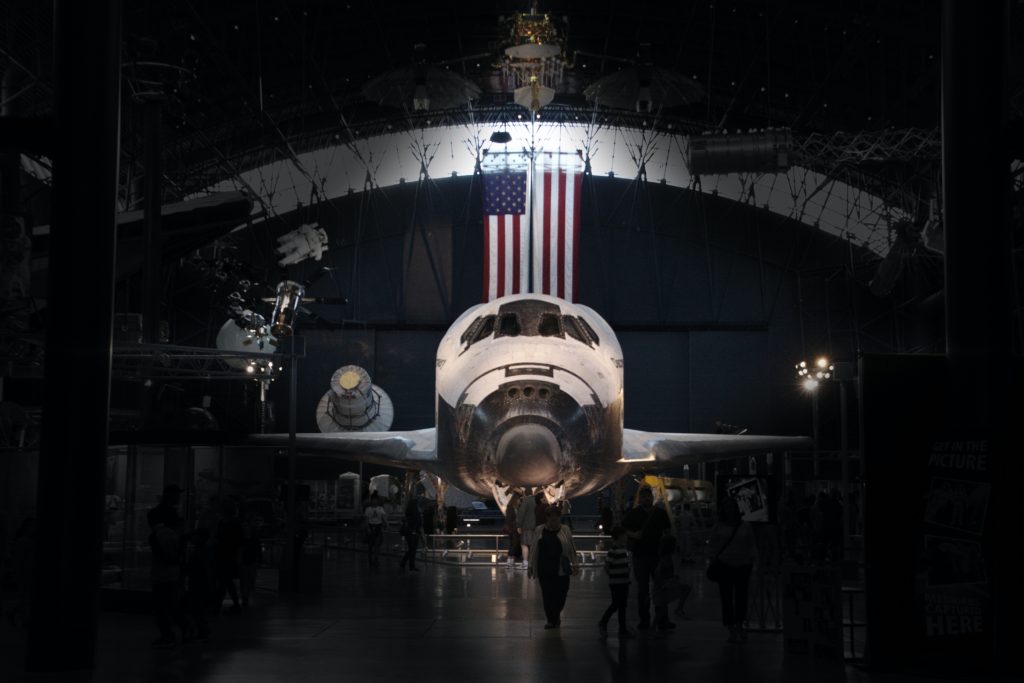
Discovery Space shuttle in the National Air and Space Museum. 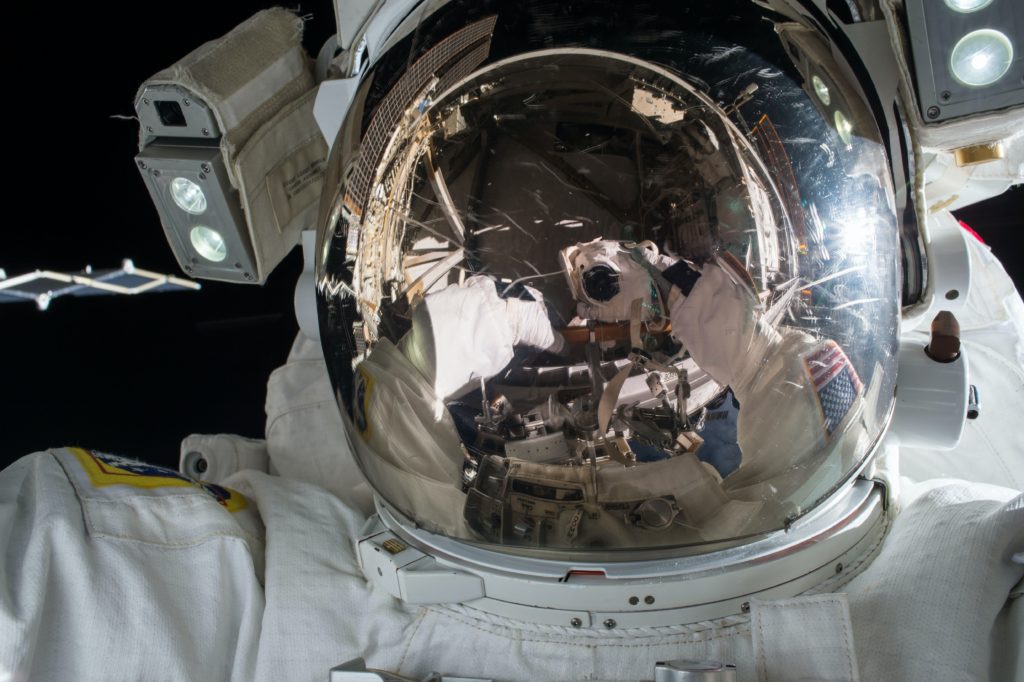
Photo by NASA 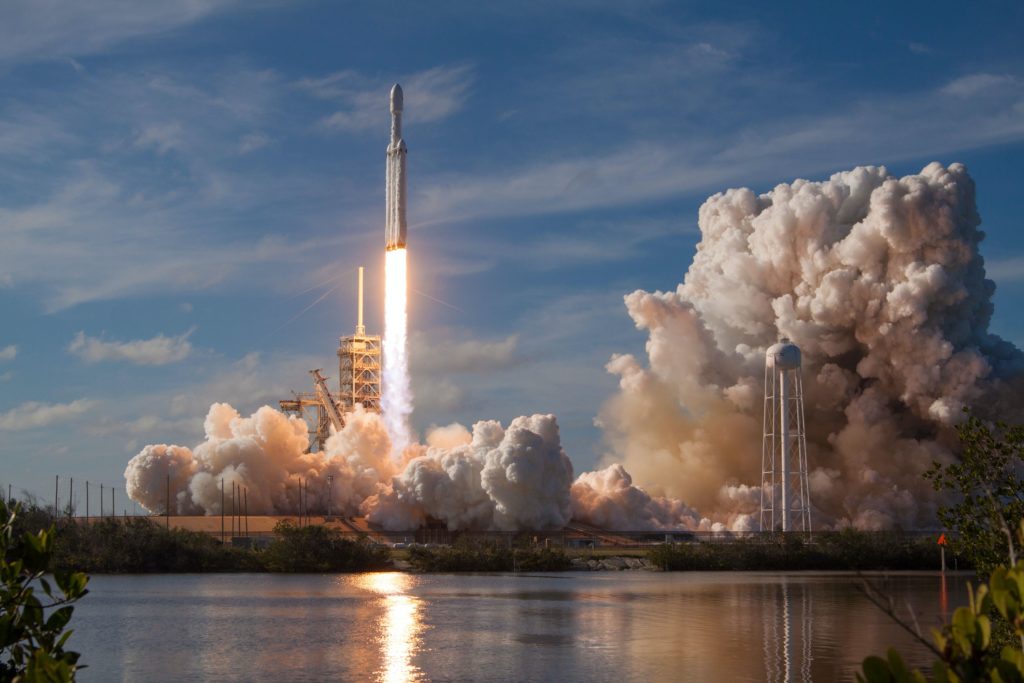
SpaceX Falcon Heavy Launch (February 6, 2018), Kennedy Space Center, Merritt Island, USA. Photo by SpaceX on Unsplash 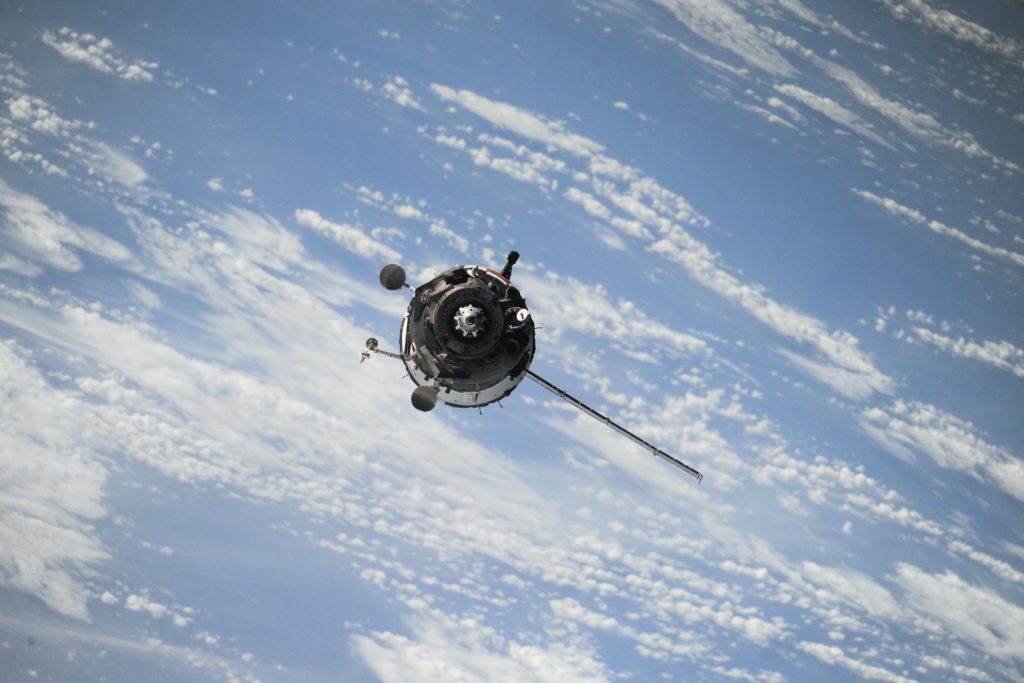
Photo by NASA on Unsplash 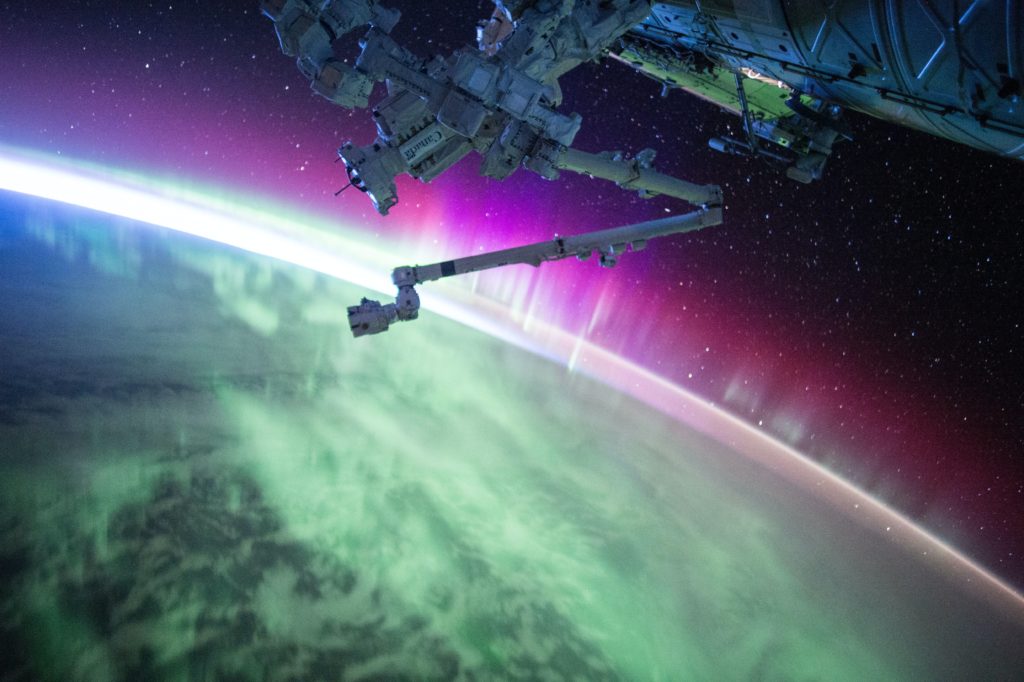
Photo by NASA 
Apollo Lunar Module from a recent trip to Kennedy Space Center. Photo by Brian McGowan. 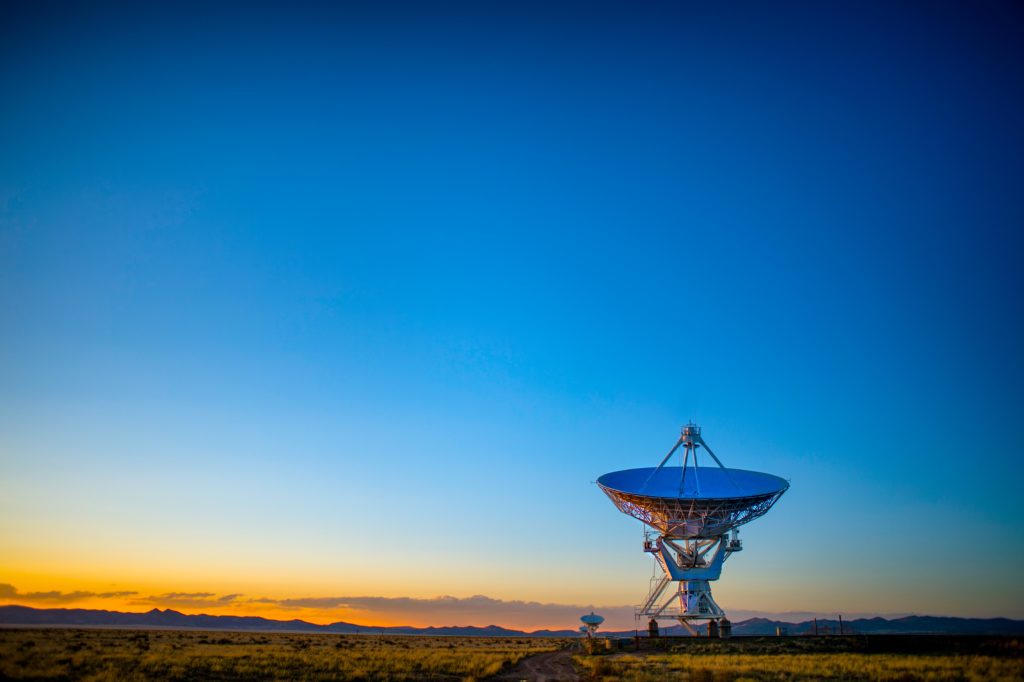
NRAO Very Large Array, radio telescope near Soccoro, New Mexico. Photo by Donald Giannatti. 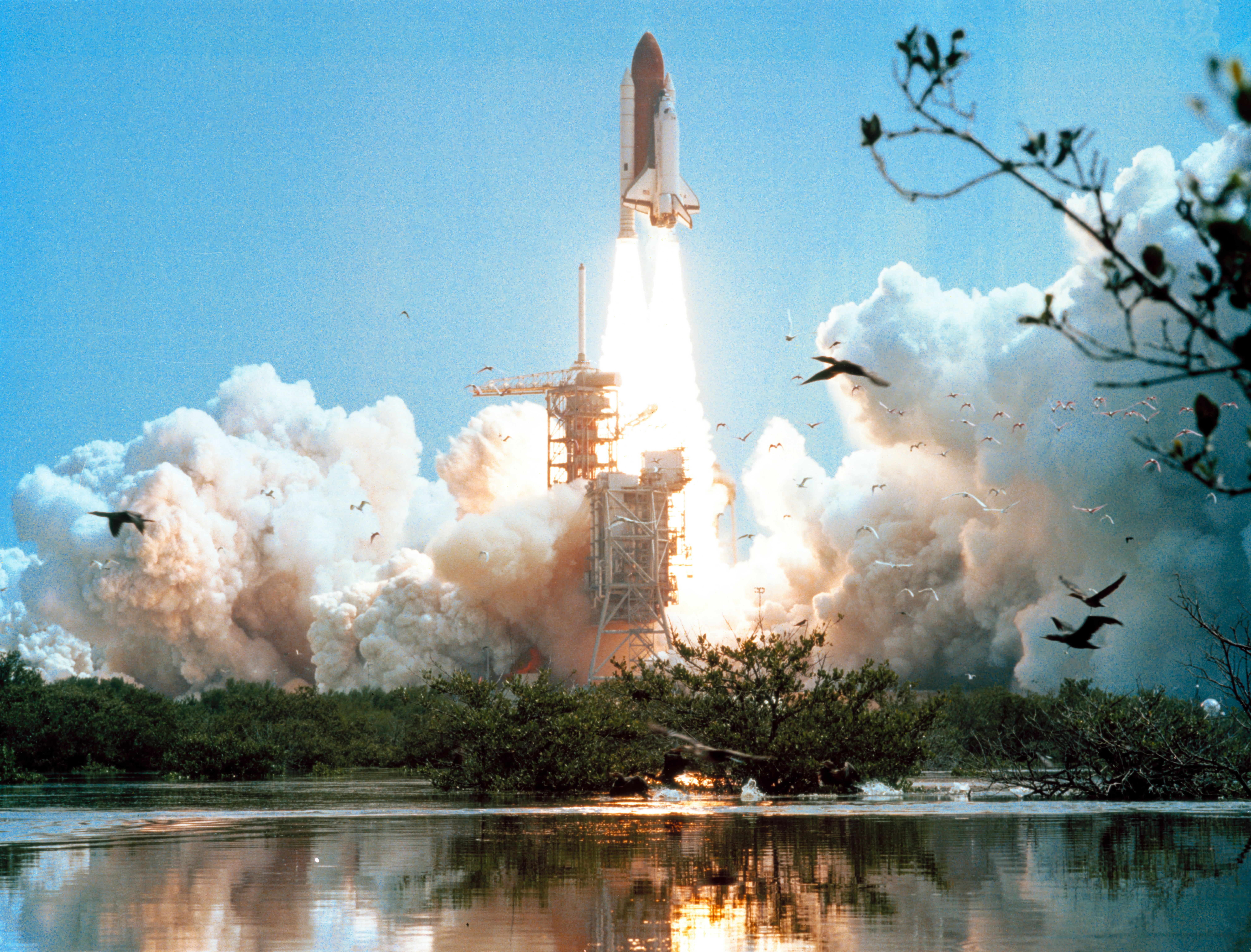
Space Shuttle Columbia’s STS-4 mission launched from Kennedy Space Center on June 27, 1982. Photo from NASA. 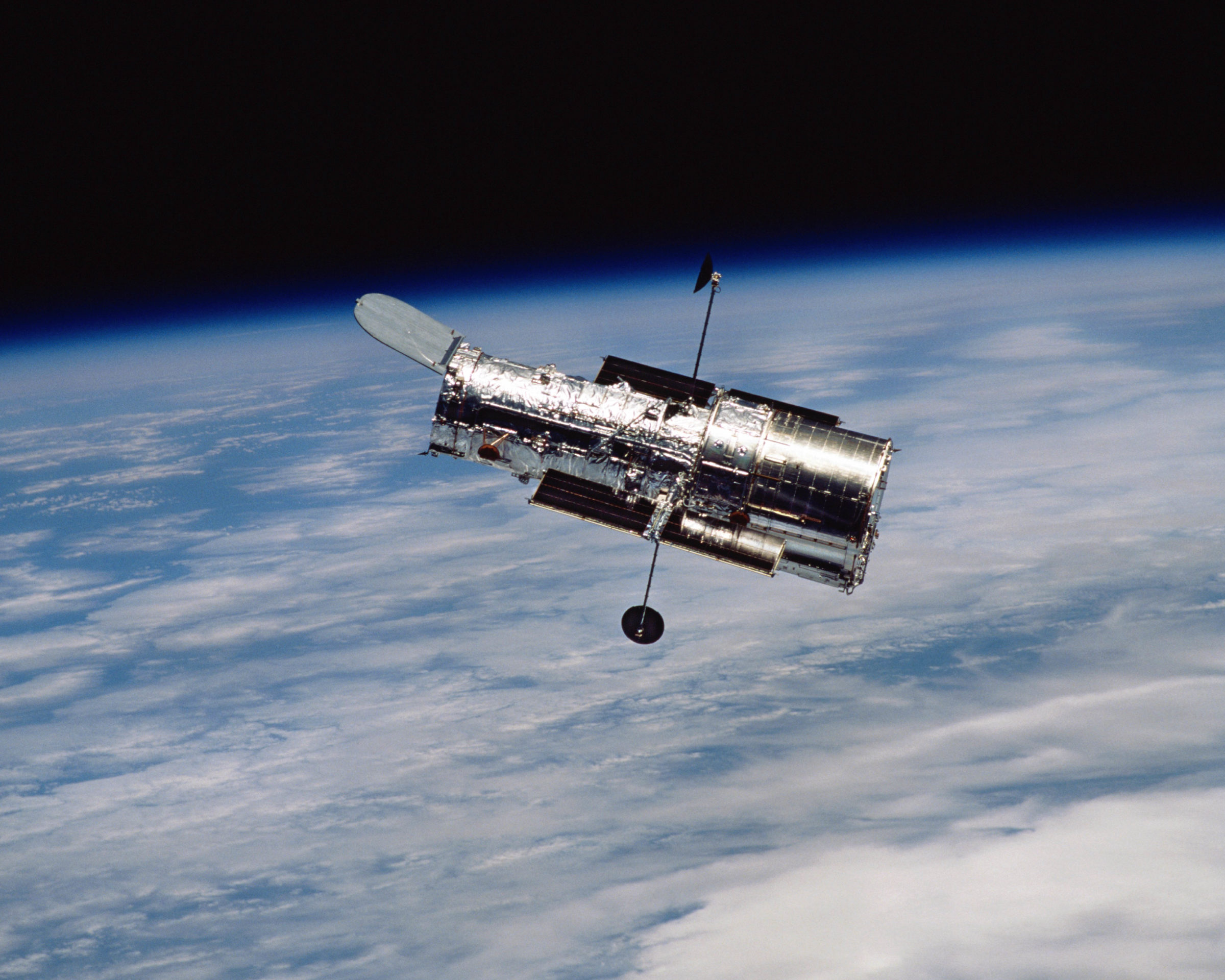
Hubble in orbit, April 6, 2005.
Cosmic Imagery
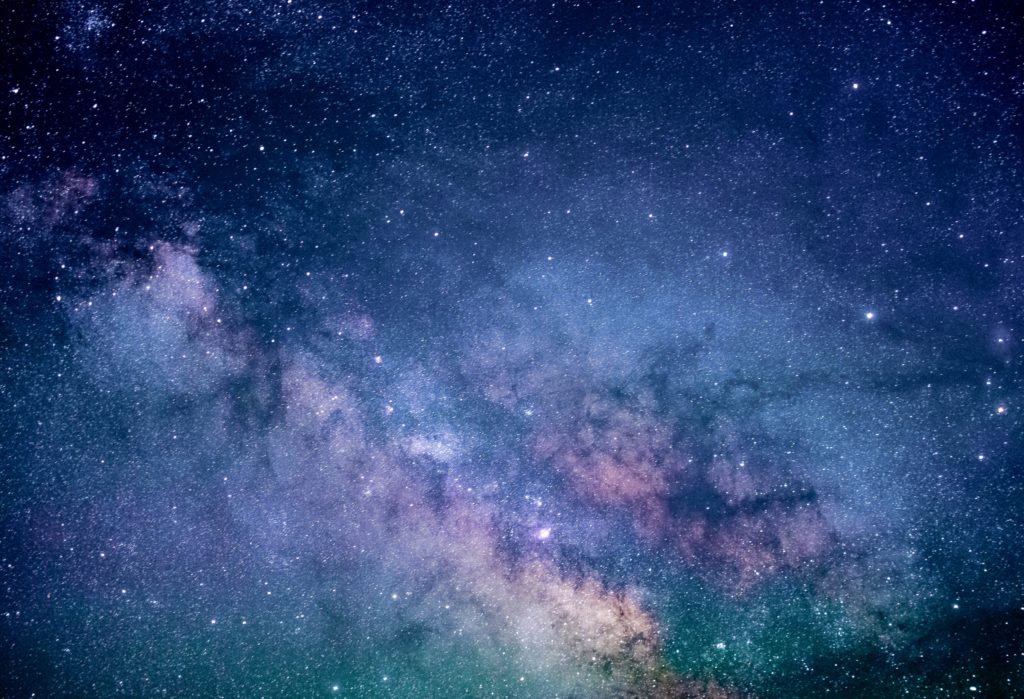
Photo by Jeremy Thomas on Unsplash 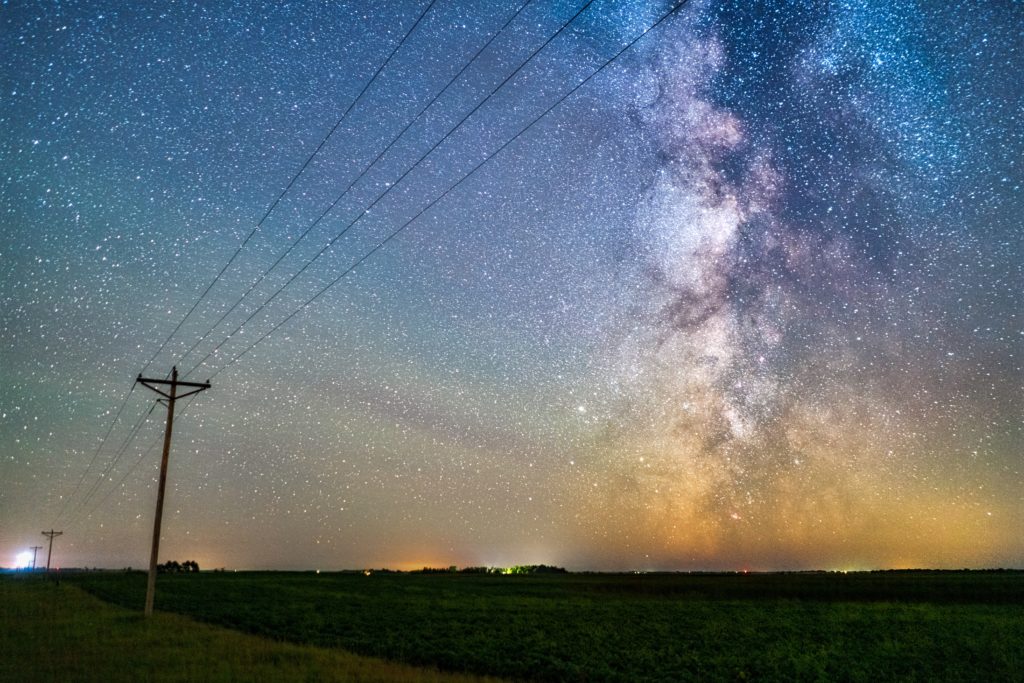
Photo by Fausto García on Unsplash 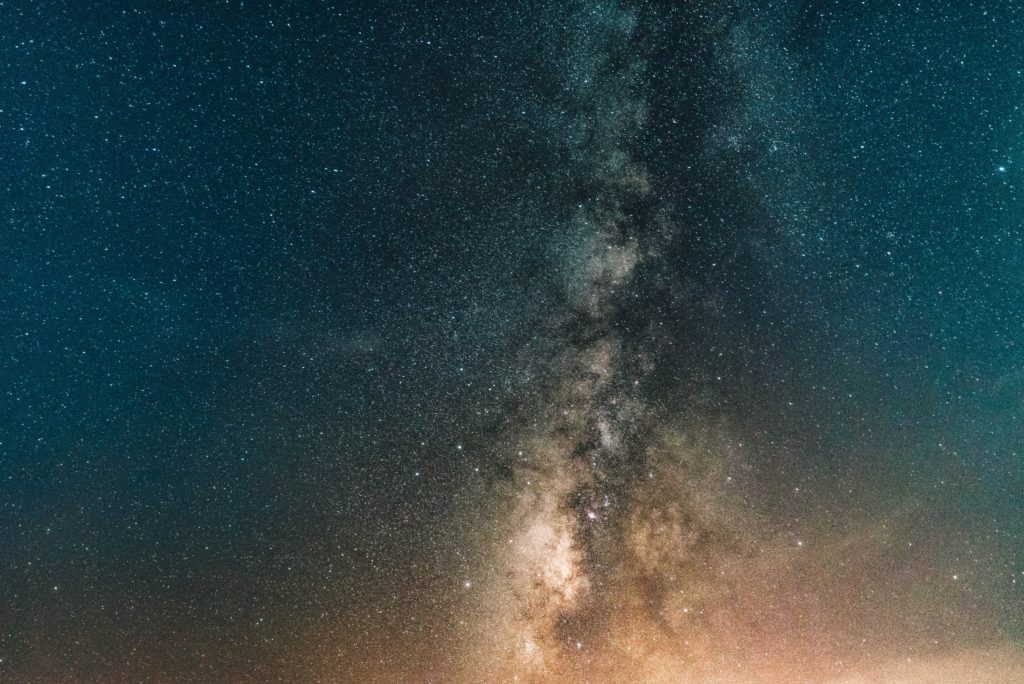
The Milky Way. Photo by Ohmky. 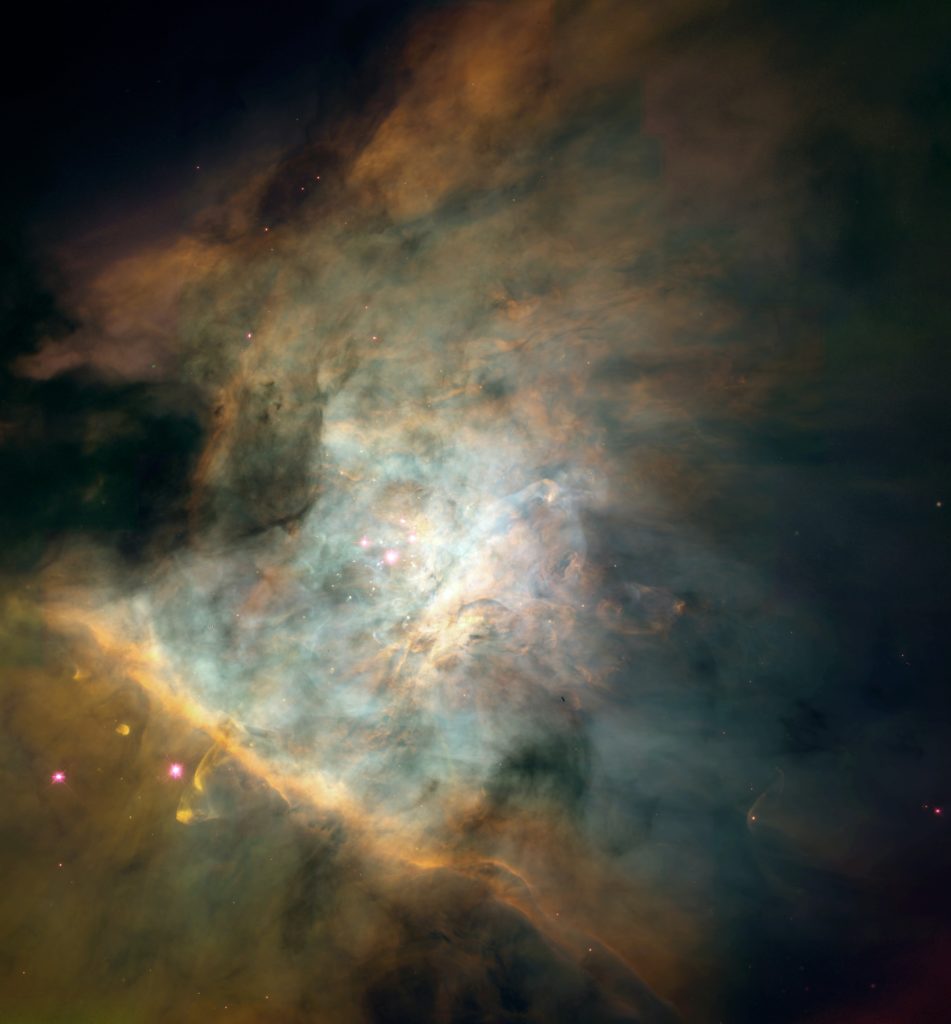
Photo by NASA on Unsplash 
Spiral galaxy and stars. Universe filled with stars, nebula and galaxy. Elements of this image furnished by NASA. 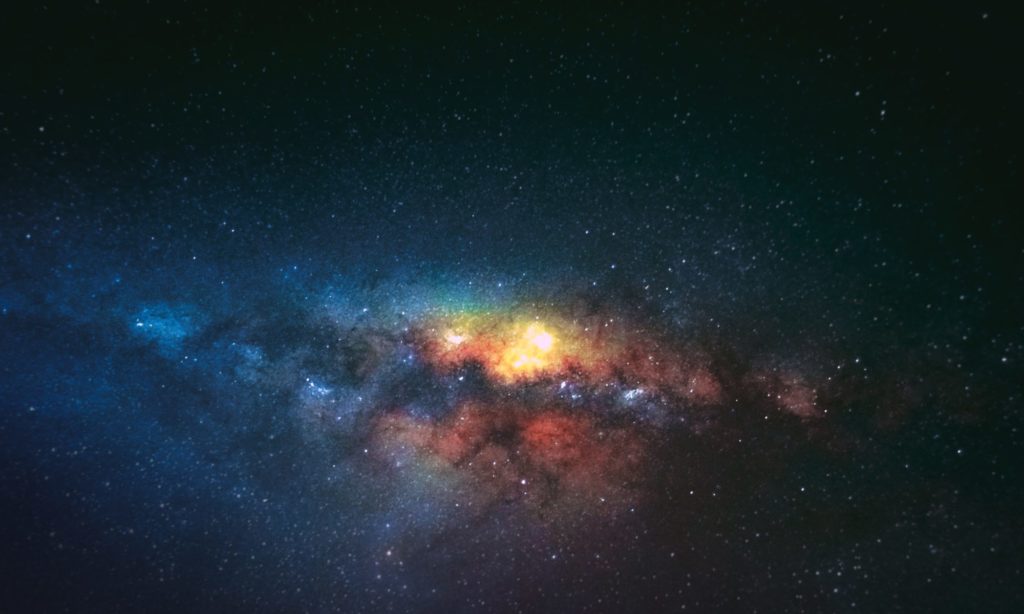
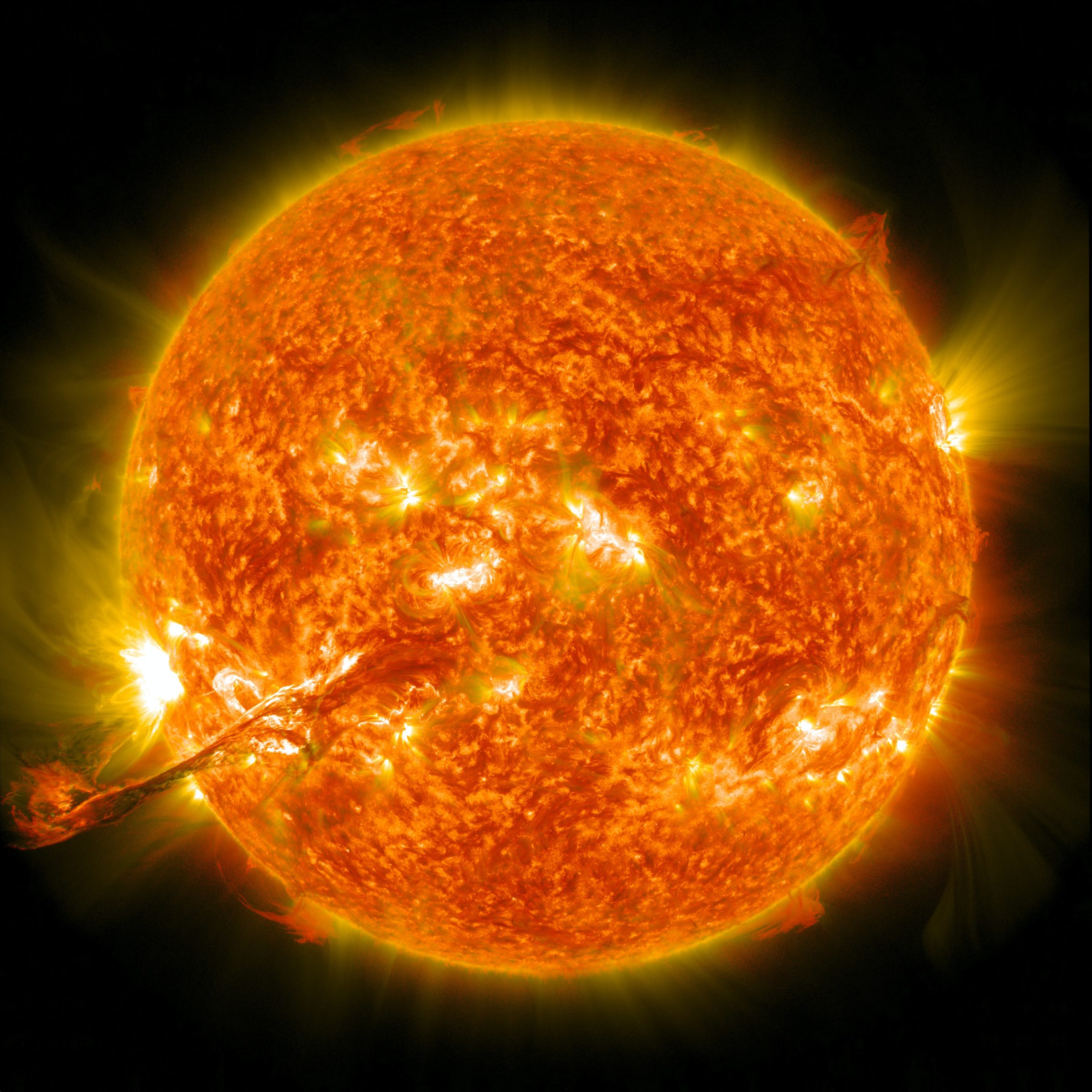
A corona mass ejection erupts from our sun on August 31, 2012. 
Photo by Fausto García on Unsplash 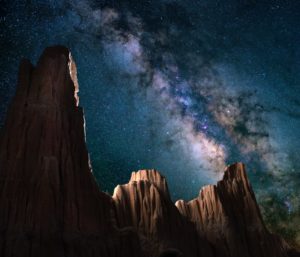
Photo by John Fowler on Unsplash 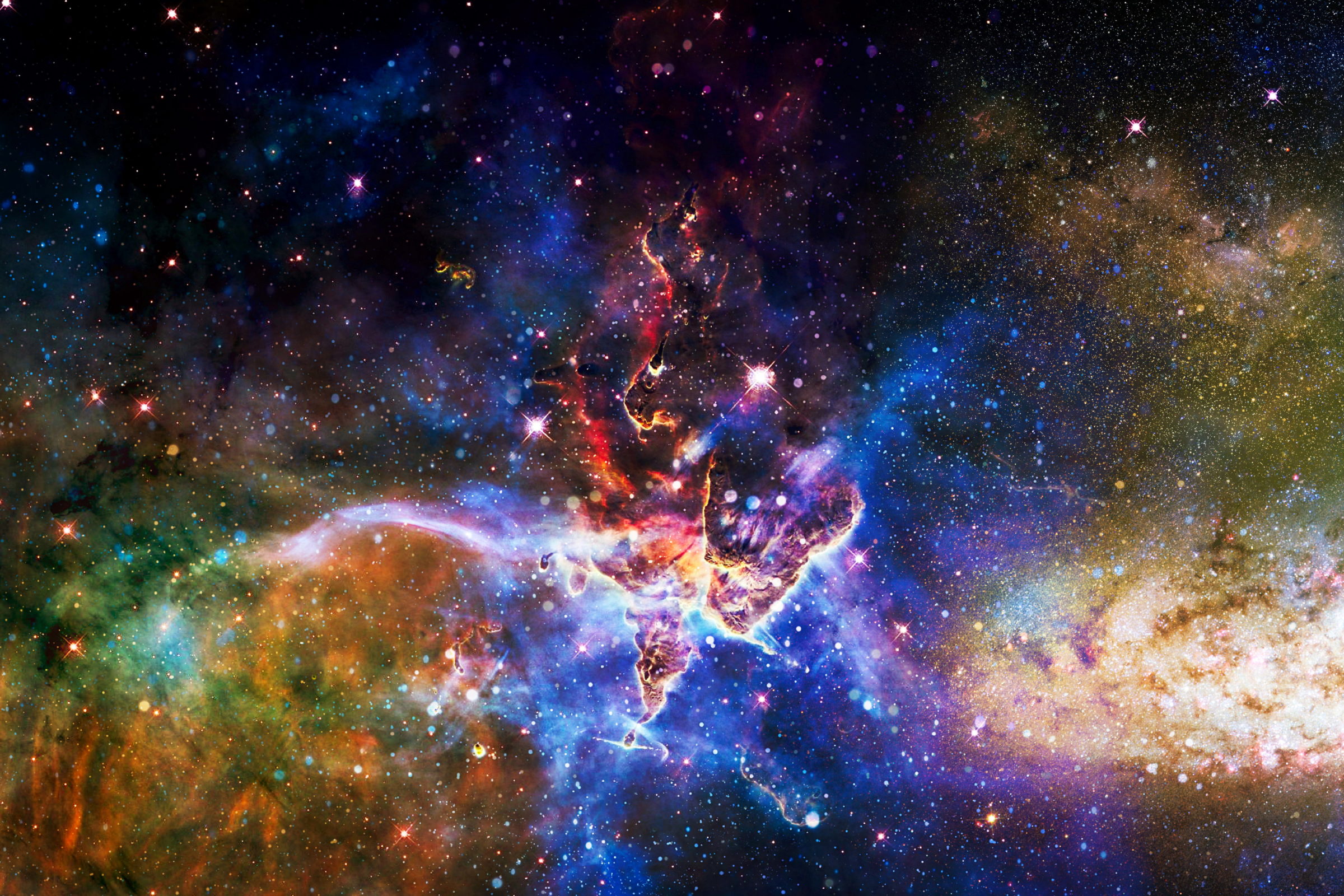
Nebula and galaxies (elements furnished by NASA) 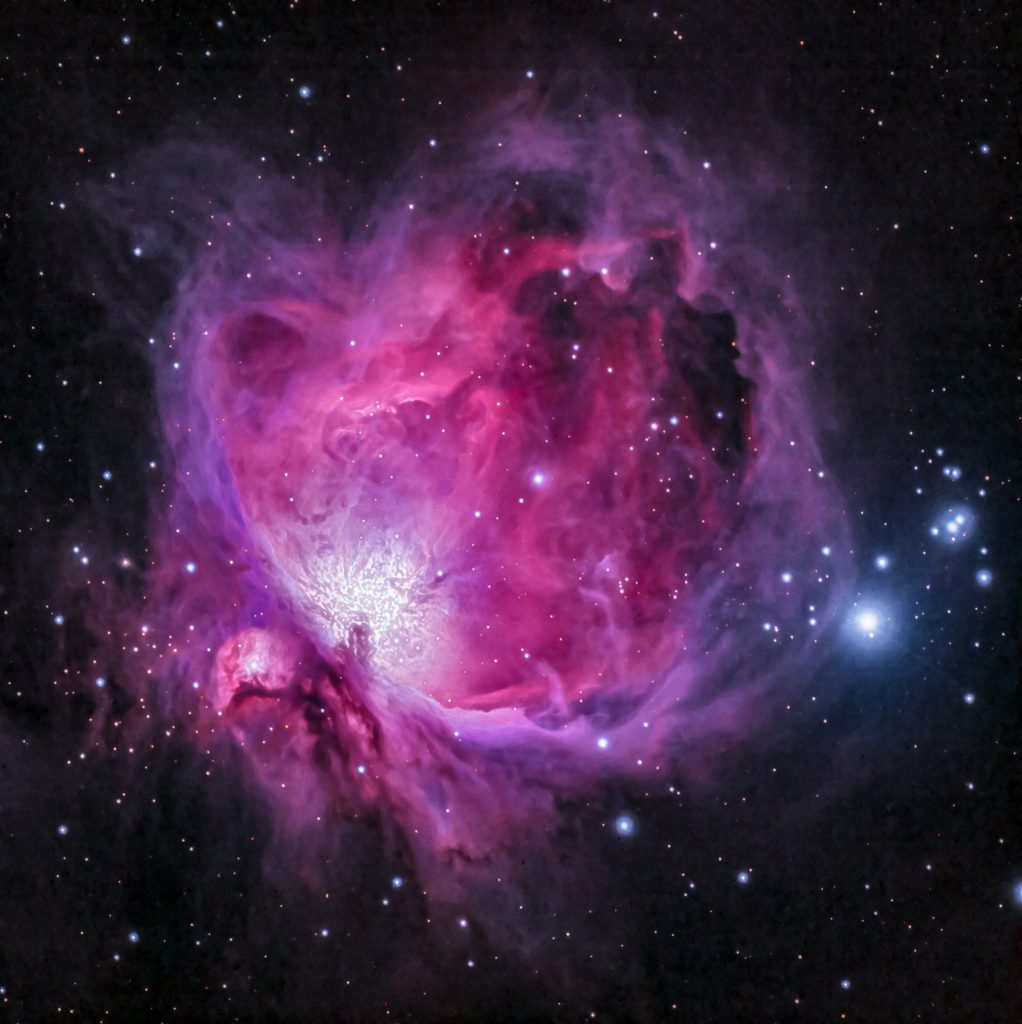
Photo by Aldebaran S on Unsplash 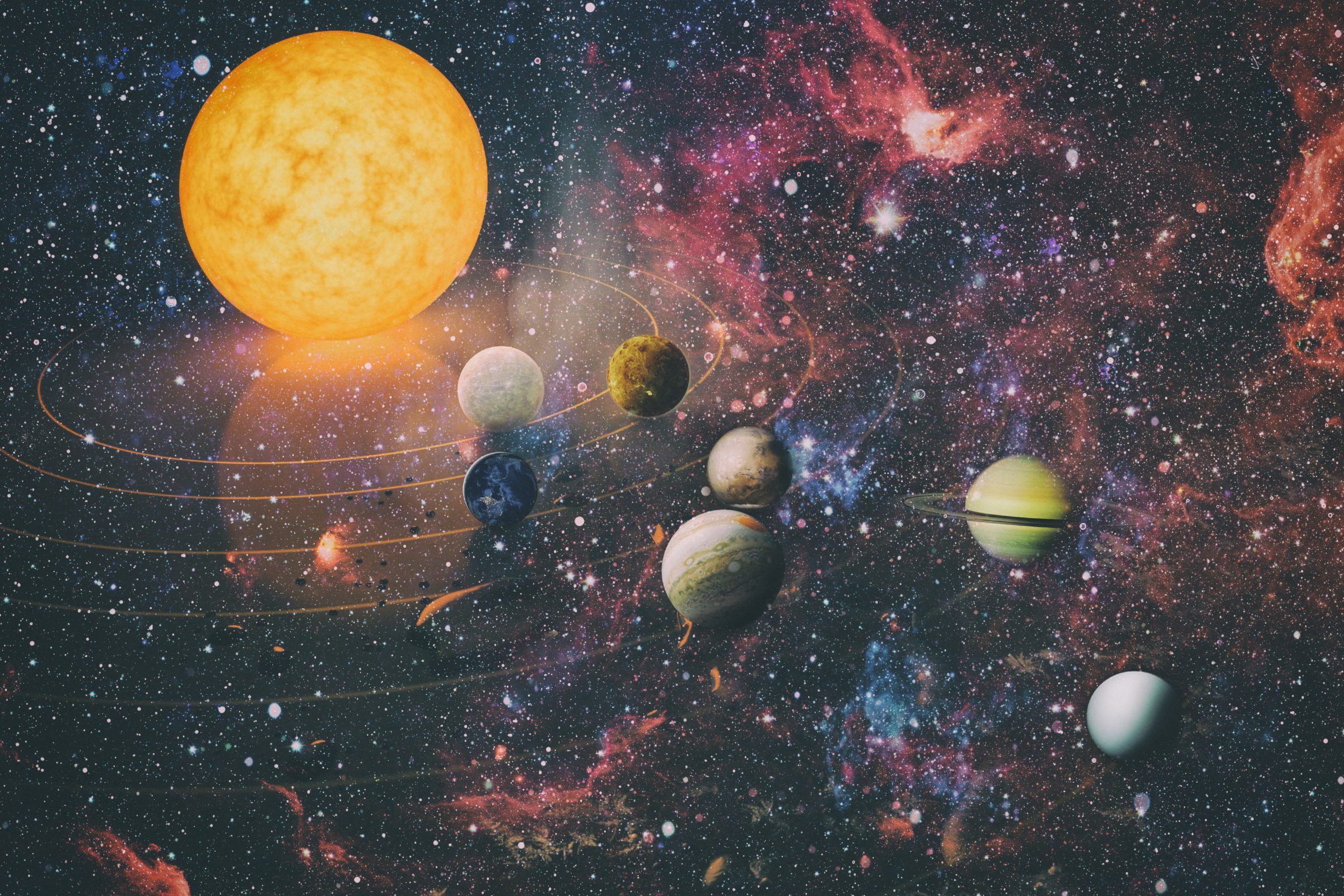
Illustration of Sun, Mercury, Venus, Earth, Mars, Jupiter, Saturn, Uranus, Neptune